Everlasting Tanzanian Travels
Safari started with a bang! My sister, Ela, was sick all night and was excreting fluids from both ends. I bet she felt even worse than she looked but not surprisingly she tried her best to keep her antibiotics down and went full speed ahead to safari.
Safari was an amazing experience and we utilized our time to the maximum. In our private specially outfitted 4WD Land cruiser, we started as early as 6:30am until the game drives were over 6pm at night. If we saw a last minute cheetah feasting on a gazelle we were even frequently late. I never thought I could be so exhausted just sitting in a car all day! But I can honestly say, with everything my eyes have witnessed, I will never go to a zoo again. The number of species of animals we saw was unbelievable and the quantity was even more breathtaking. I have never seen so many animals in one field of vision in my entire life. On some days we found ourselves picnicking among 1.2 million wilder-beasts spread out one hundred times further than the eye could see in every direction.
The big five include the African lion, African elephant, Cape buffalo, African leopard, and White/Black rhinoceros. The term big five originally was coined by big-game hunters and refers to the five most difficult animals in Africa to hunt on foot. For advertising and marketing purposes safari tours have now also adopted this term and are the primary animals people go see while on safari. The two most exclusive of these, were the leopard and the rhino. We managed to see four leopards, one nearly jumping over the bonnet of our car and eight rhinos including two babies. On the first day we already saw thousands of elephants in the Tarangire National Park often sheltered under the famed baobab trees. Further into our safari we saw thousands of buffalos, hundreds of giraffes and at least fifty lions. Each time the encounter being more extraordinary and different from the last.
…..
I still remember the first day when we had just entered into Tarangire and we had spotted our first elephant over four hundred meters away. We were trying to spy on it with our binoculars and were absolutely fascinated, only to discover thirty minutes later that you were parked within a herd close enough to touch, smell and get breezed by their huge Africa shaped ears. While the elephants by far took center stage, the picturesque landscape was filled with many animals coming in to drink at the Tarangire River, including the Kori bustard, the heaviest flying bird. I’m still yet to be convinced if it does fly, because every time we spotted this huge emu sized bird it was definitely prancing around on its feet.
The seven-day safari was different with each passing minute and our local guide named Praise was able to educate us on the landscapes, ecosystems, birds and animals. His tracking skills were unbelievable as we watched him calculate the size and the age of an animal by just its footprint in the mud, to then finding the animal shortly afterwards. Each national park we passed through was unique. On day two we entered Ndutu, located in the southern plains of Serengeti and known as the Ngorongoro Conservation Area. The endless open plain was the home to elephants, impala, buffalo, zebras, hyenas, leopards, the great migration and a profusion of birds, all grazing in the nutrient rich grass, like a lawn mower, making it difficult for the resting lions to hide and make a kill. Due to the shorter grass, in this national park you did not have to stick to the roads and due to the expertise of our guide we were given the chance to sit right next to the most adorable baby cheetahs, playful lion cubs, aggressive vultures eating a zebra from the anus out and watch a gazelle painfully give birth for over an hour to the tiniest and most vulnerable young. The definition of nature for me was personally re defined. Seeing 100’s of species of different animals was one thing, however seeing them in their natural setting in every possible state was even more mind blowing. We saw babies; African ‘buffets’ for the carnivores; territorial fights between aggressive males; adrenaline rushing chases; perseverant attempts to mate and the birth of new lives. We really were lucky enough to see it all! Off road safari tracking was incredibly bumpy, very dusty, and not quite fast enough to out run the painfully biting tsetse flies, but it was worth every minute.
Later in the week we entered Central Serengeti, Serengeti National Park, which simply offers the finest wildlife viewing anywhere in Africa, including the highest density of large predators including lions, hyenas, leopards and cheetahs in the world. As well as breathtaking animals, we drove past the ‘Simba’ rock form the Lion King Movie and other weathered granite outcrops called Kopjes, some with African rock paintings and others with the mysterious ‘rock gong.’
As nightfall approached each night we were always excited to discover our overnight accommodation. In the middle of the never-ending landscape of Africa we would come across luxury lodges at the top of a canyon, overlooking a river with elephants drinking and bathing. At the five star accommodations, our family of six was by far the youngest, at least by 20 years. On other nights, amongst the shrubs and Boabab trees the Serengeti Katikati Camp brought you as close to nature as possible and provided us with an unmistakably distinctive and individual offering. Here the younger honeymooners and couples did emerge. The camp included just ten tented accommodations, all of which had en-suite facilities including a flushing toilet, vanity basin and hot water bladders. It was truly designed to evoke the very best of an era long gone but certainly not forgotten. I will never forget my African talking shower, which asks “miss, would you like more water?” or the hyenas rubbing up and down the side of the tent in the midst of the night, only to step aside to laugh hysterically. If you dared to listen you could hear them lap up the shower drainage water form earlier that evening. The first nights sleep in the tent was certainly questionable, however, by the second night I felt safe under the watchful eye of our protective Masai guards strolling the camp to deter the wild carnivores of the African night.
Our final night and day spend we spent in the Ngorongoro conservation area. The final resort was the most luxurious of all, possibly the nicest I have ever been in throughout my travels. The morning crater game drive was unequaled in its magnificence, its scenic beauty, wildlife and atmosphere, ever changing weather, clouds that backdrop like waves in the sky made this the most impressive creator. The edge or top of the Crater’s rim is unbroken, though indented by watercourses. The Ngorongoro crater is really a caldera, the sunken or collapsed cone of a volcano. It is the largest inactive and unbroken caldera in the world. Before Ngorongoro collapsed about 2.5 million years ago, it may have rivaled Mount Kilimanjaro in size, which unquestionably put it into perspective for us. Driving through the crater, animals surrounded us immediately as they flock to this haven within its protective walls. Due to its constant water supply there is a variety of wildlife that remains here through the whole year. Not even the wilder-beasts or zebras see the need to migrate. The Ngorongoro Crater is a world heritage site and is commonly referred to as the eighth wonder of the world. It is a natural amphitheater for the densest population of large animals anywhere in the world.
In between safari trekking from one national park to the next we spent some time visiting a Masai village. I once read a book called the “The White Masai,” a true story about a Swiss girl that falls in love with a Masai on a vacation in Africa. The way she described her journey and the love for her majestic Masai in the book definitely made our Swiss family just as curious about how one of these Masai villages functions on a daily basis. The Masai, are a pastoral tribe and have managed to preserve their culture and live in total harmony with the wild animals. In fact, they are the only people that are allowed to live in the crater because they will not hunt the game. The Masai are legendary for their independence, physical courage and their ferocity as warriors. My family captivity listened to the village leaders as they explained their daily routine. We were fascinated how they lived in small squat huts made of branches pasted together with fresh cow-dung and cooked over an open flame with just basic cooking tools. These three-meter in diameter huts housed a family of five, a kitchen and open fire inside. To survive, they live of a diet of only milk, blood and meat from their cows, goats or sheep. Other food sources including game, grains or produce were not a part of their diet. Learning this I instantly felt bad for Masai kids that had run towards our vehicle earlier that day with reaching hands. While we kept our dollar bills, instead we loaded them up with water and a cocktail of fruits that we had collected from our huge picnic lunches each day. Those kids, who had appeared out of nowhere, were munching on those apples before we even had a chance to take off again.
Between the family we were able to get well over 10’000 pictures. Graham, with his super huge lens was able to perfect his technique and get some amazing shots. Mind you this was definitely well deserved as he protectively carried the camera around for the entire trip in his yellow otter box brief case. We had multiple tourists approach us and question the content of his case, which was basically handcuffed to his hand like a medical necessity. With the sites we experienced, I really could not blame him. Even my brother figured out how to take pictures with his camera phone through my dad’s super binoculars. While all our pictures help to bring our memories back to life, they don’t even come close to being able to describe the magical emotions that came with this adventure. I will never forget watching the placenta of a hippo come afloat in a waterhole full of feces, or the awkward way a giraffe has to bow to drink from a watering hole. The memories will be with us all forever and our proud photography will help keep them fresh, until we one day return to this remarkable land.
YouTube: Family adventure to Tanzania, Africa
This video was made by my sister Ela Saner. She also has a blog which can be viewed at www.worldtravellerela.wordpress.com




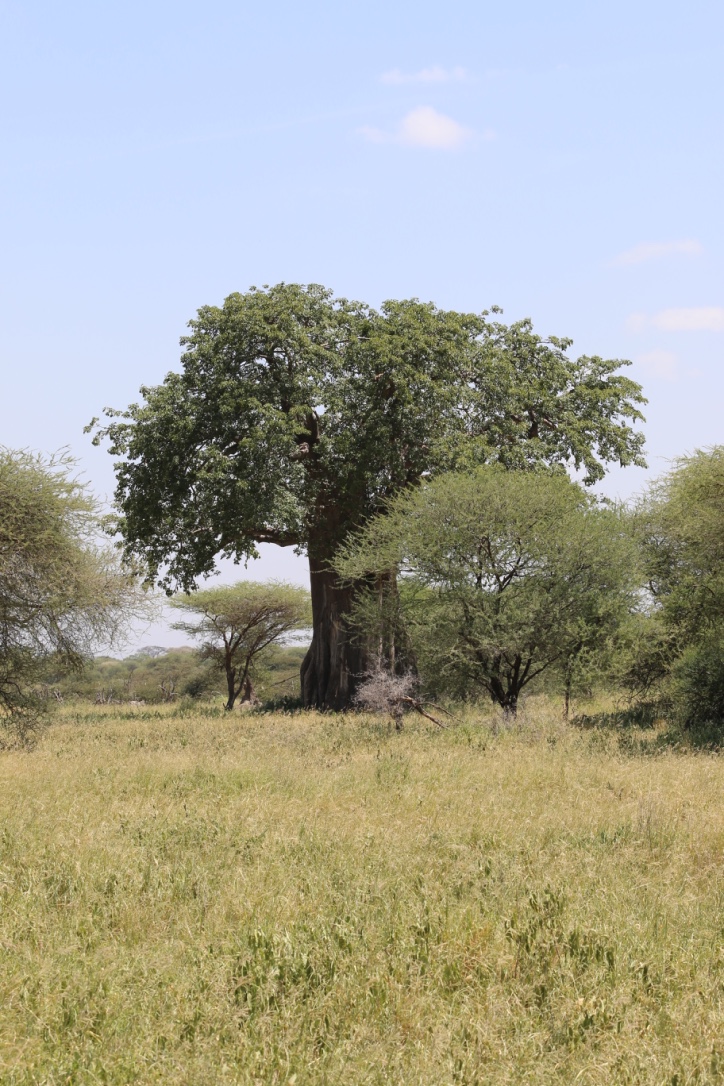

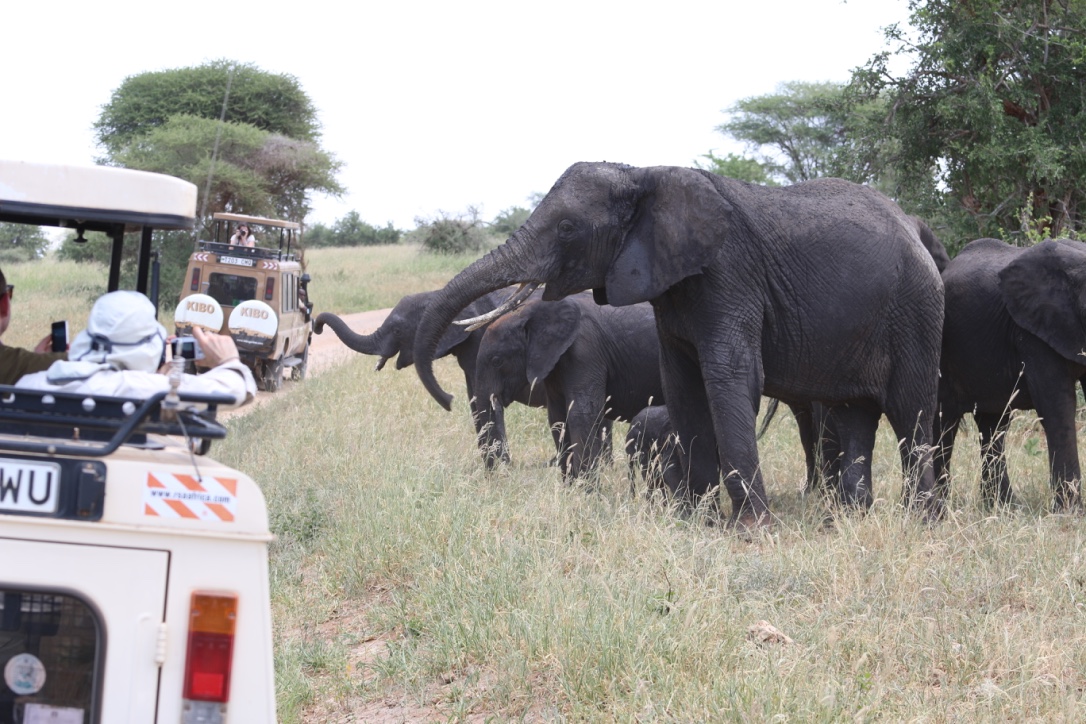
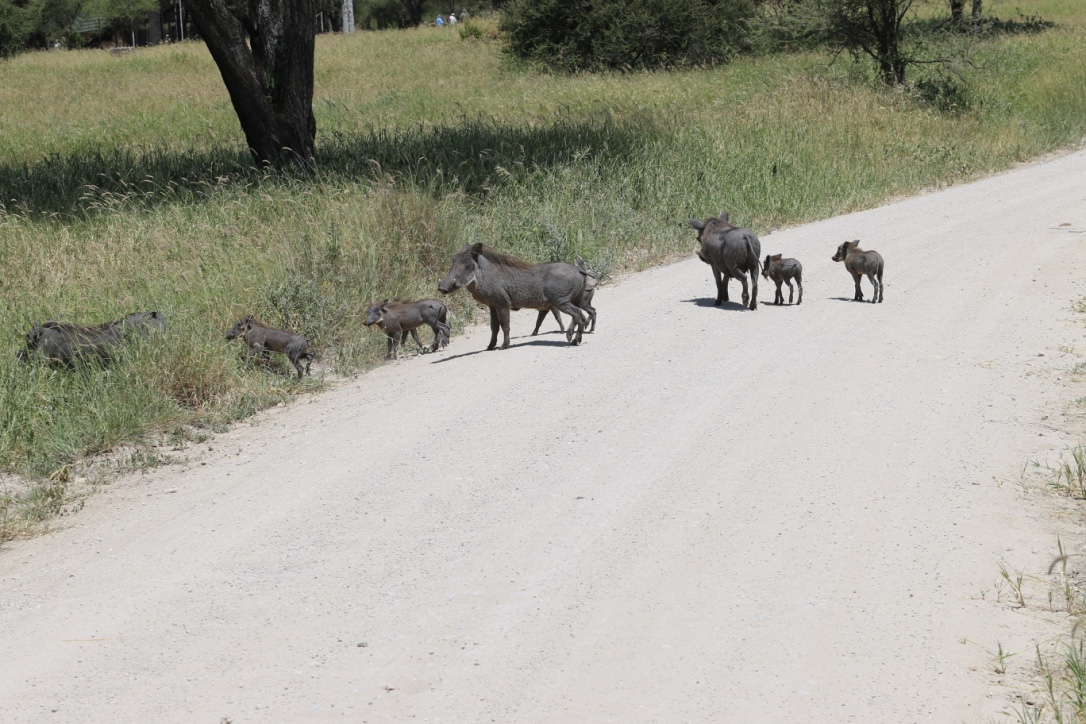
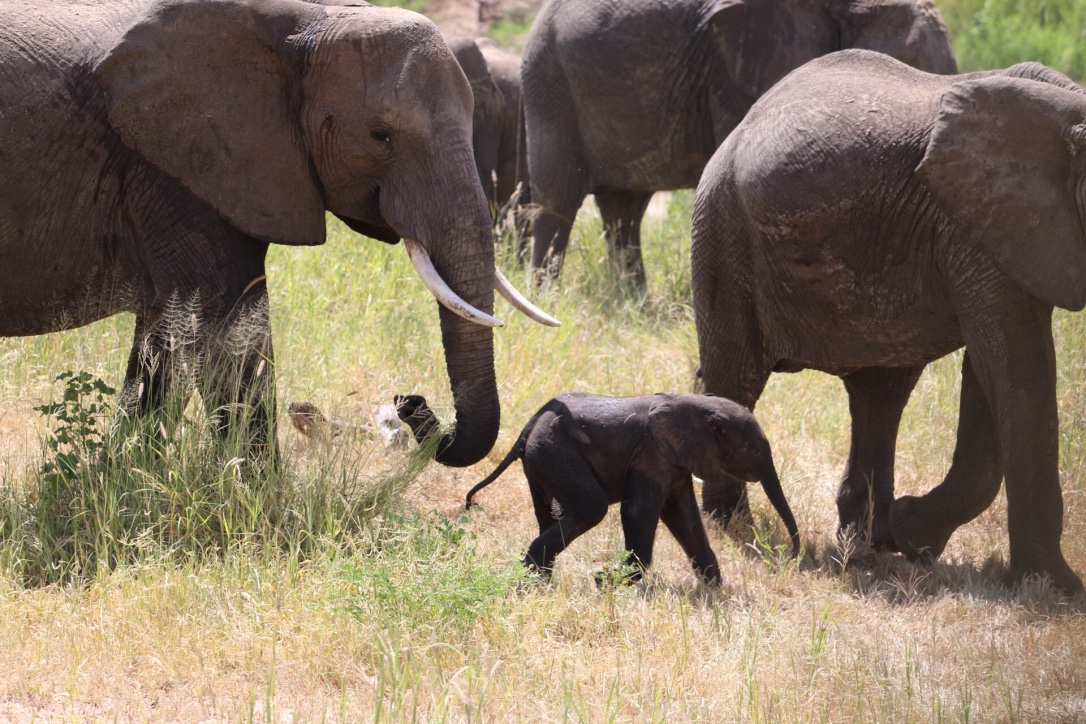
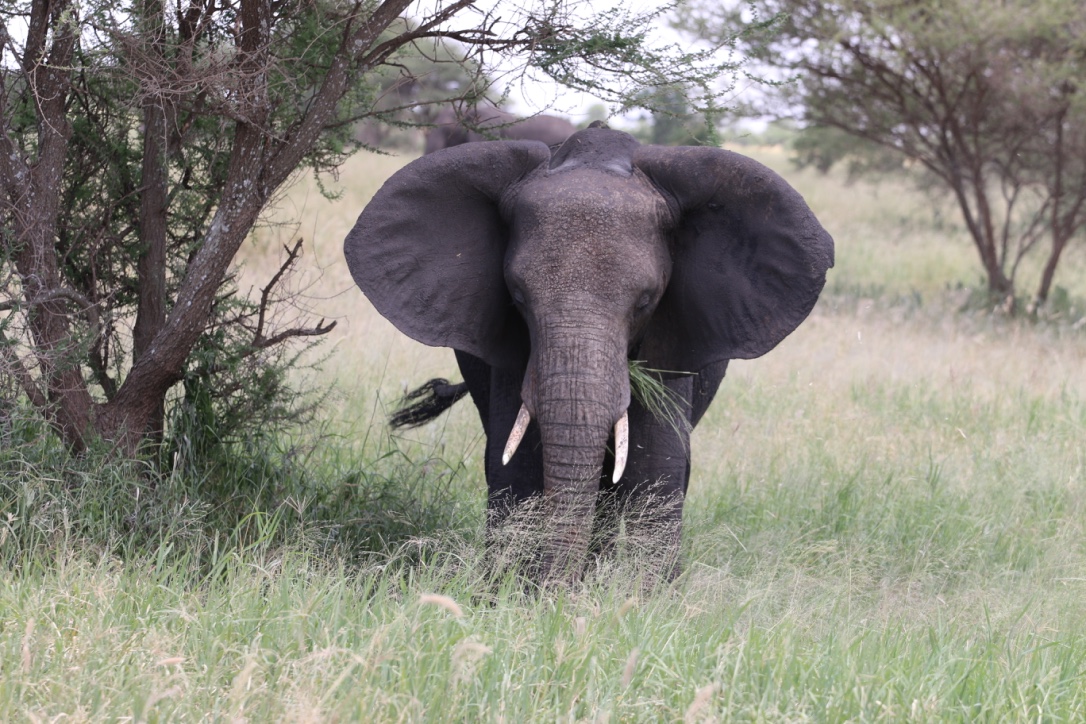

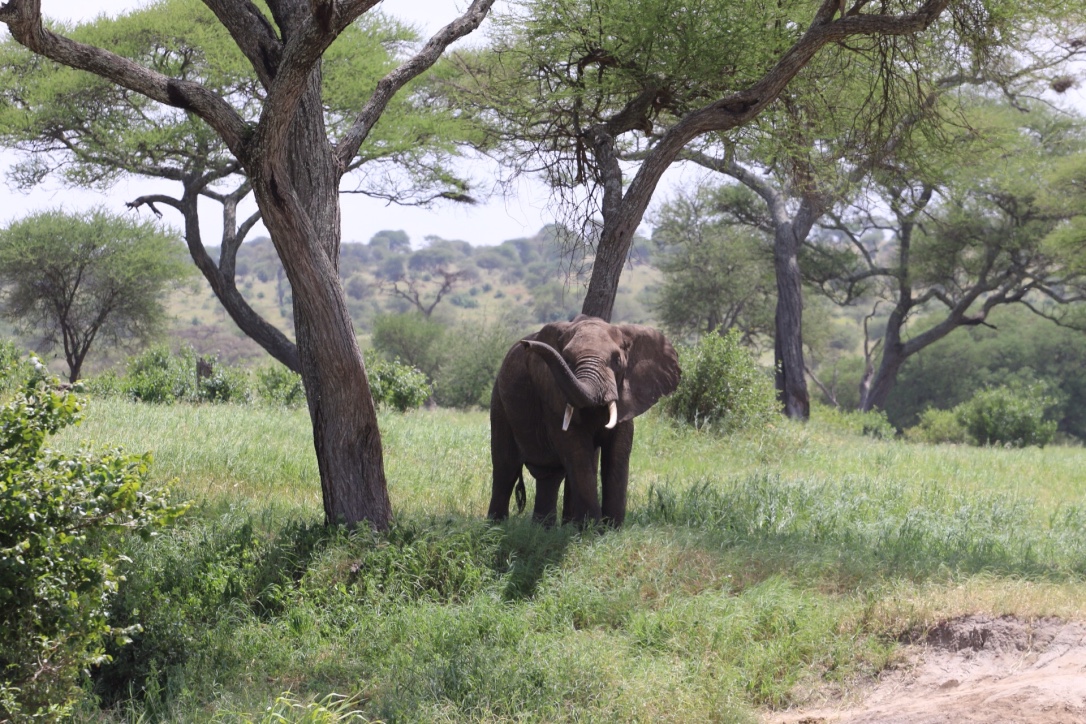




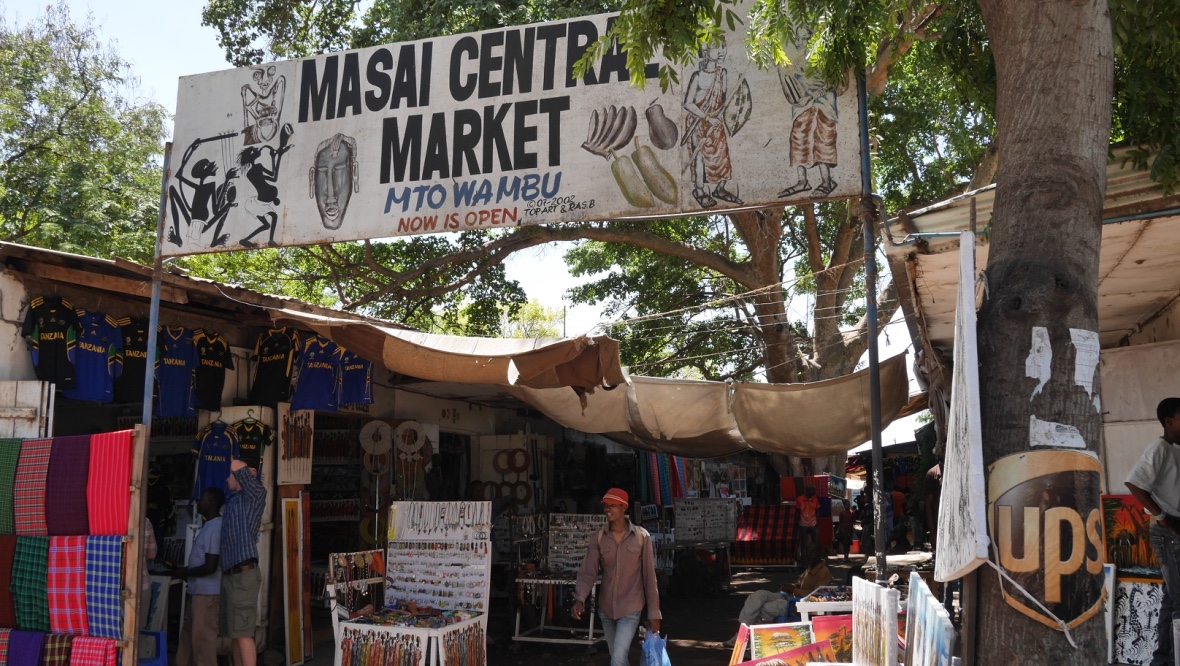
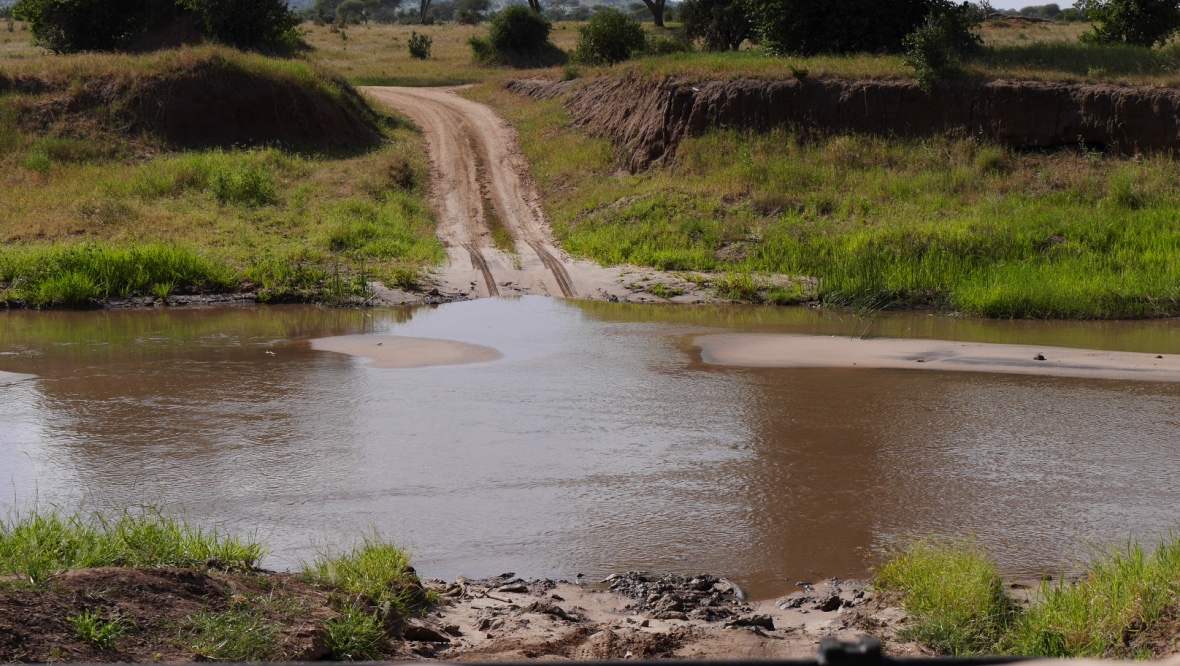
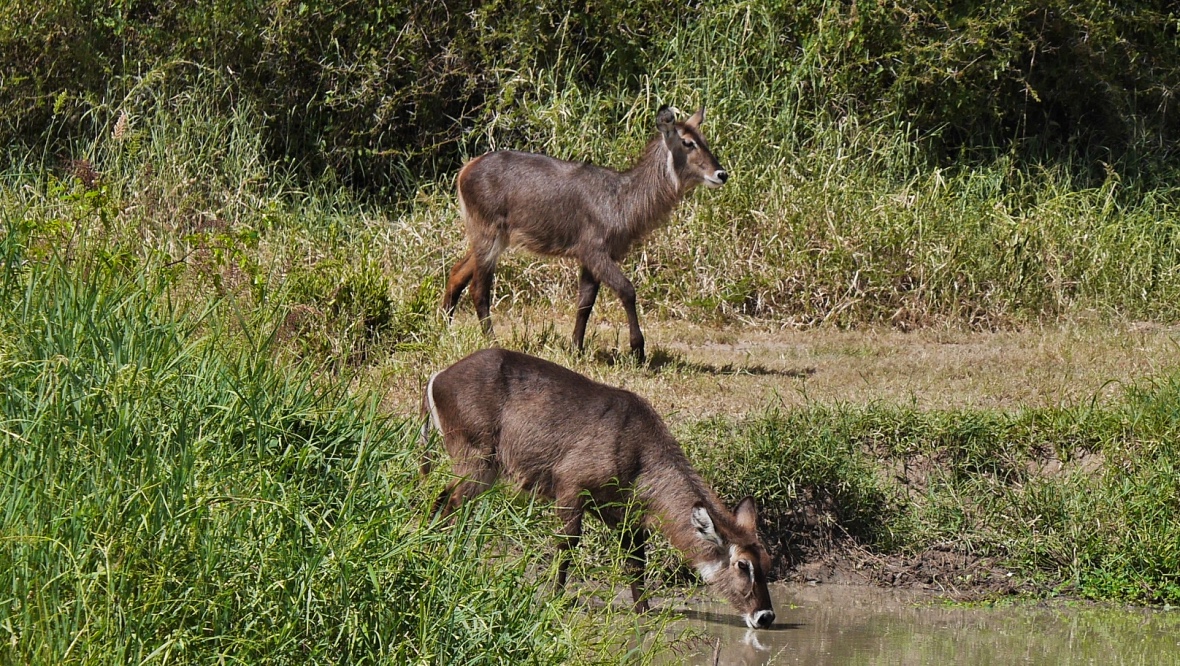
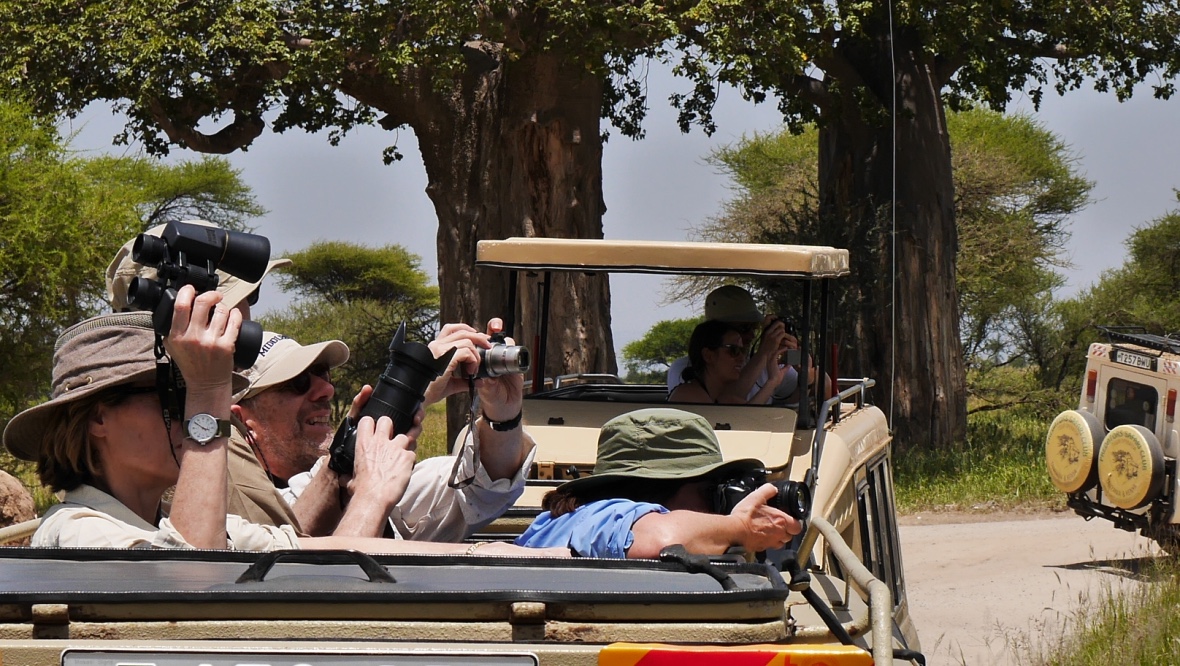
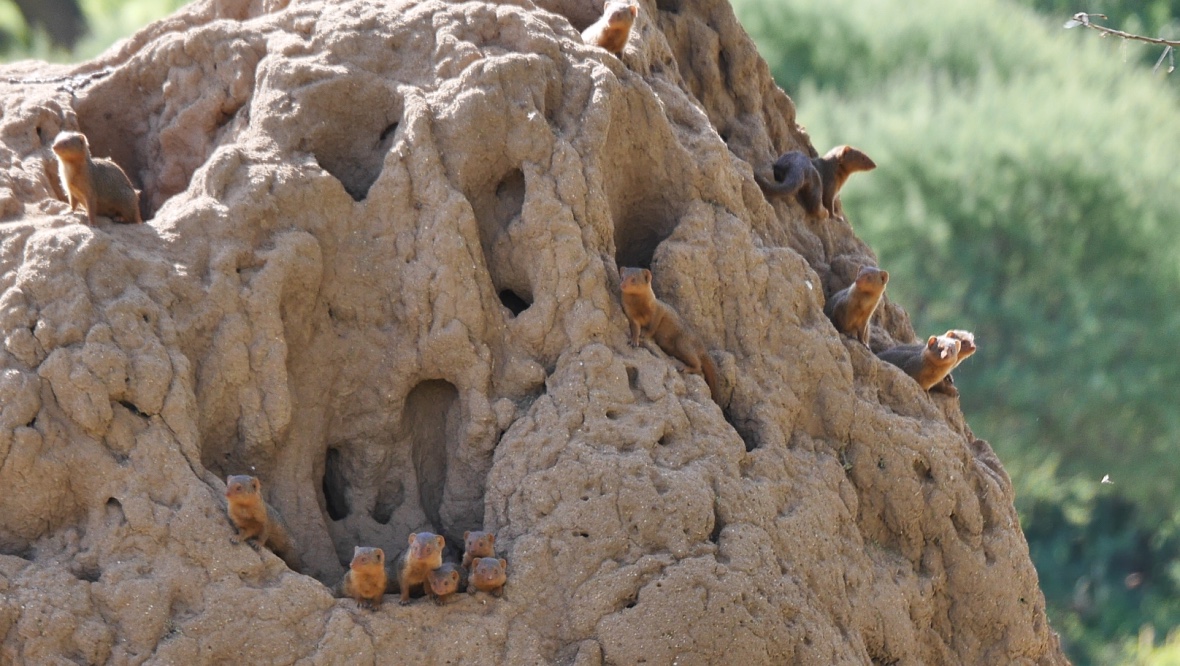
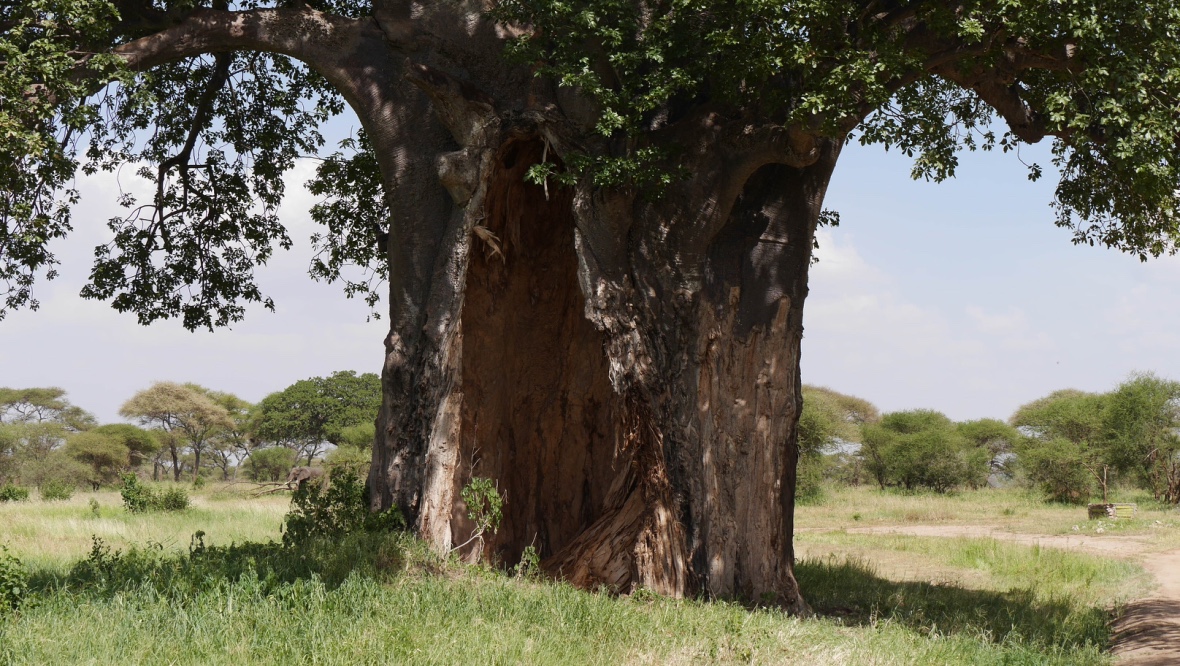

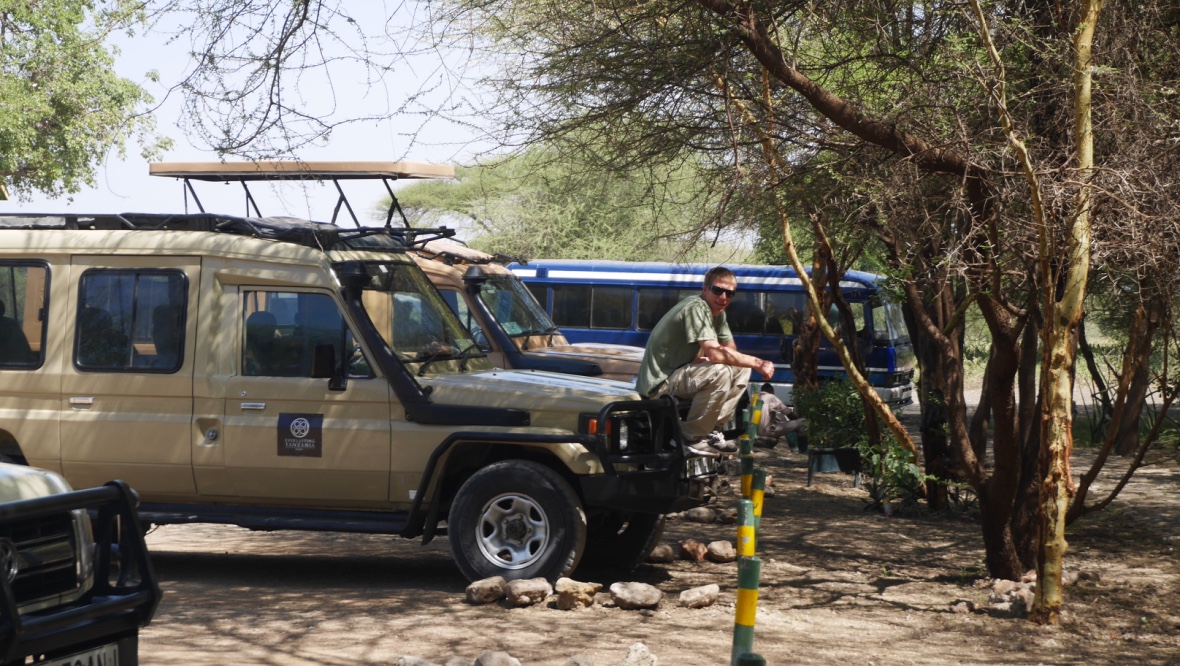
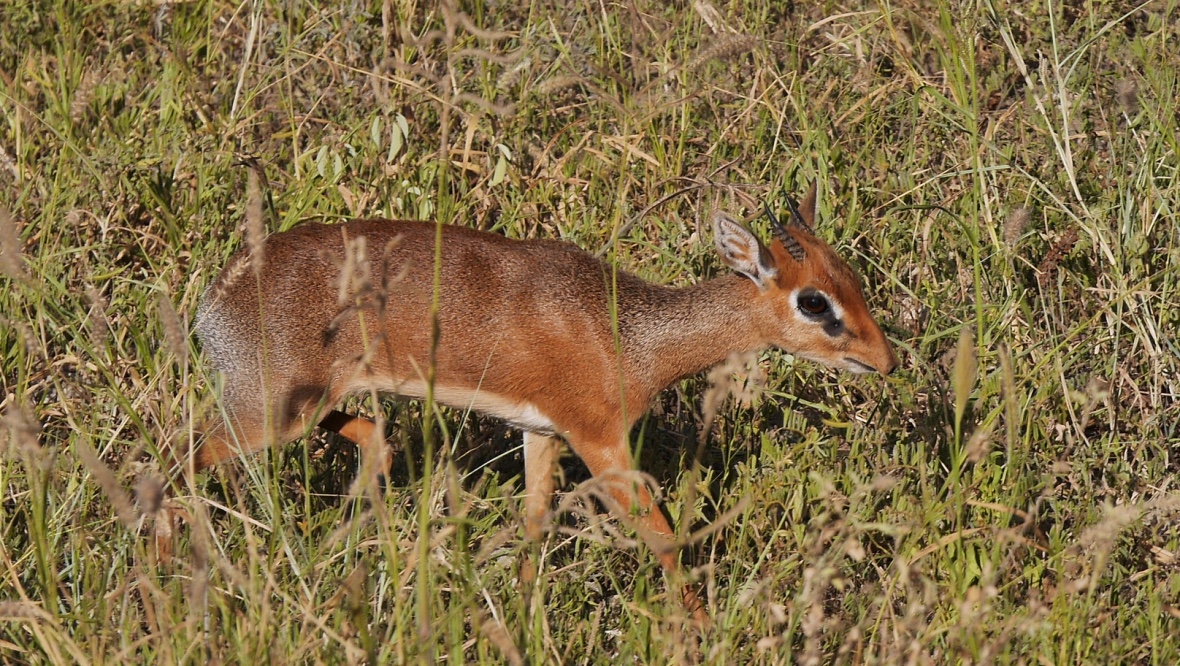
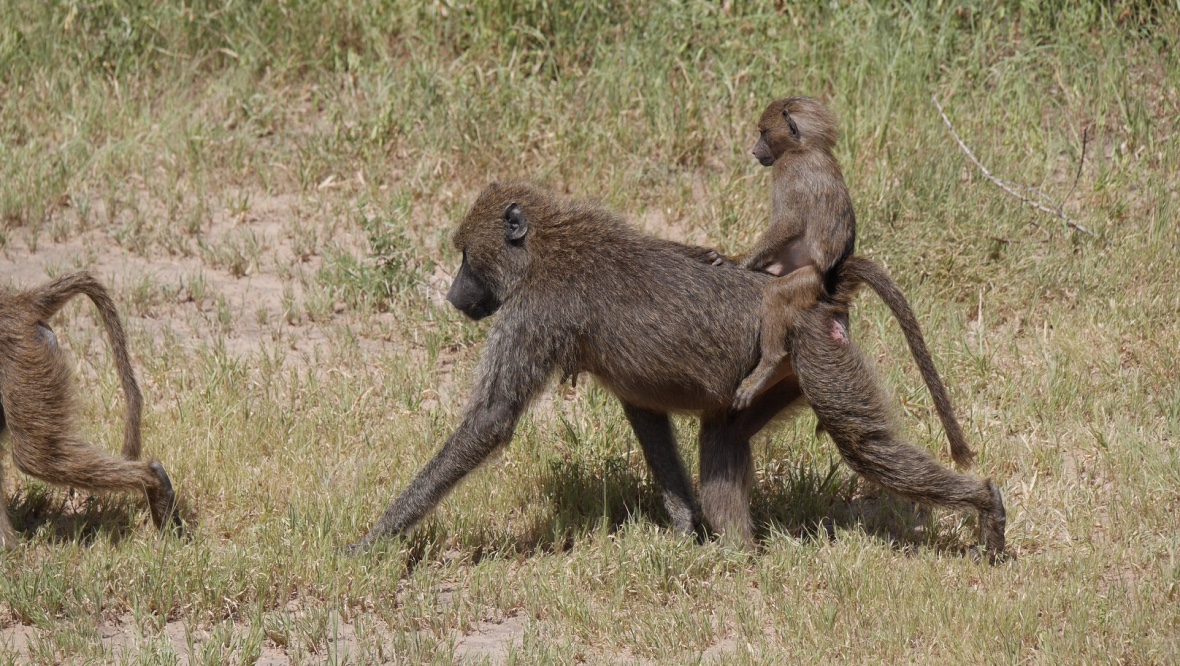
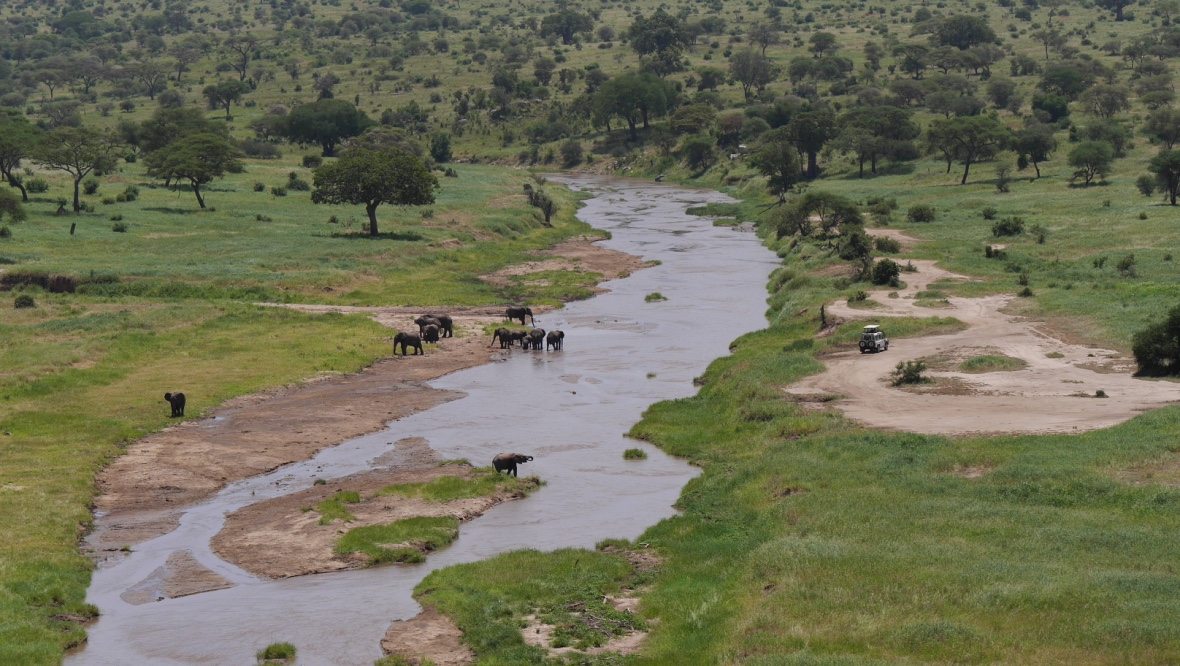
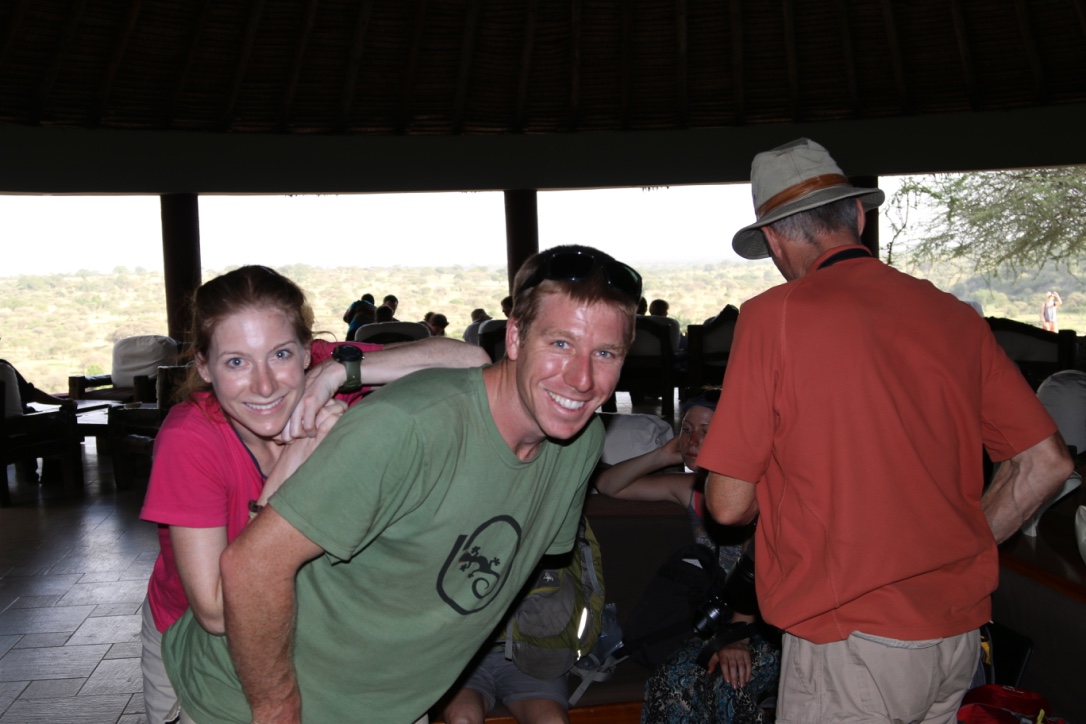


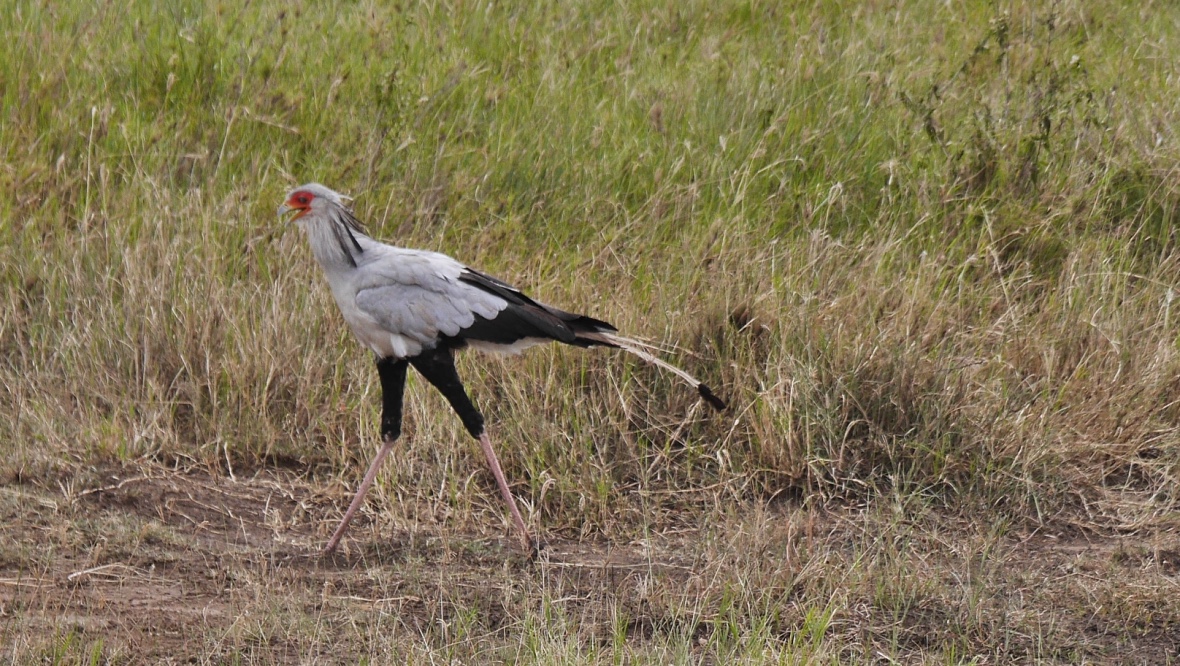
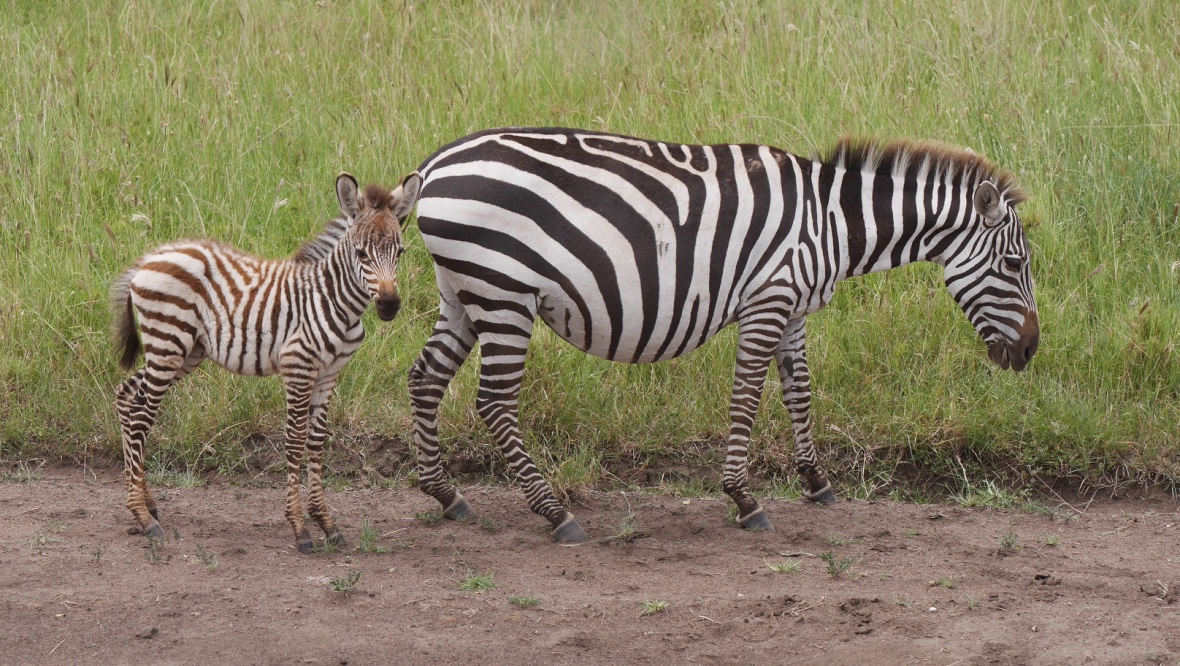

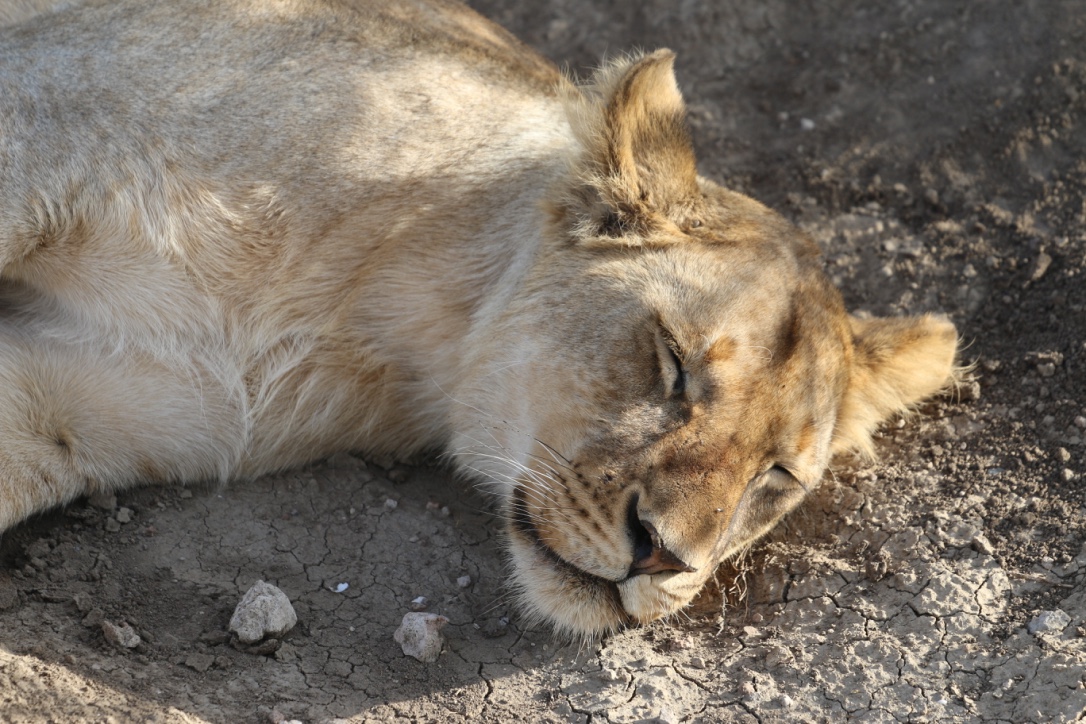





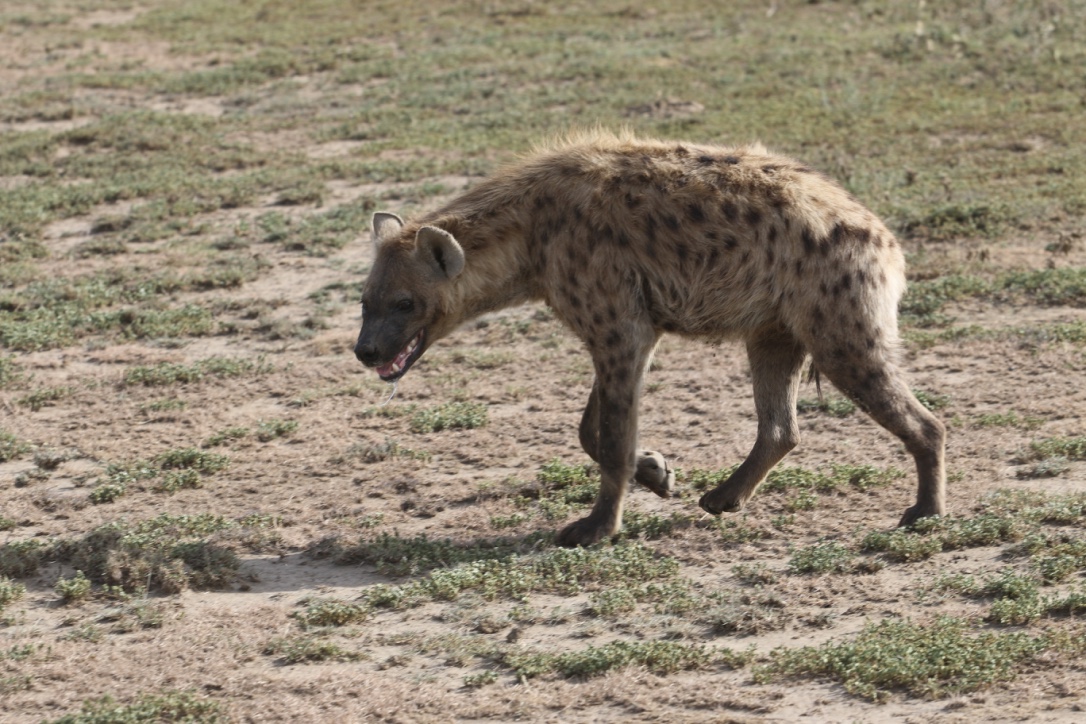


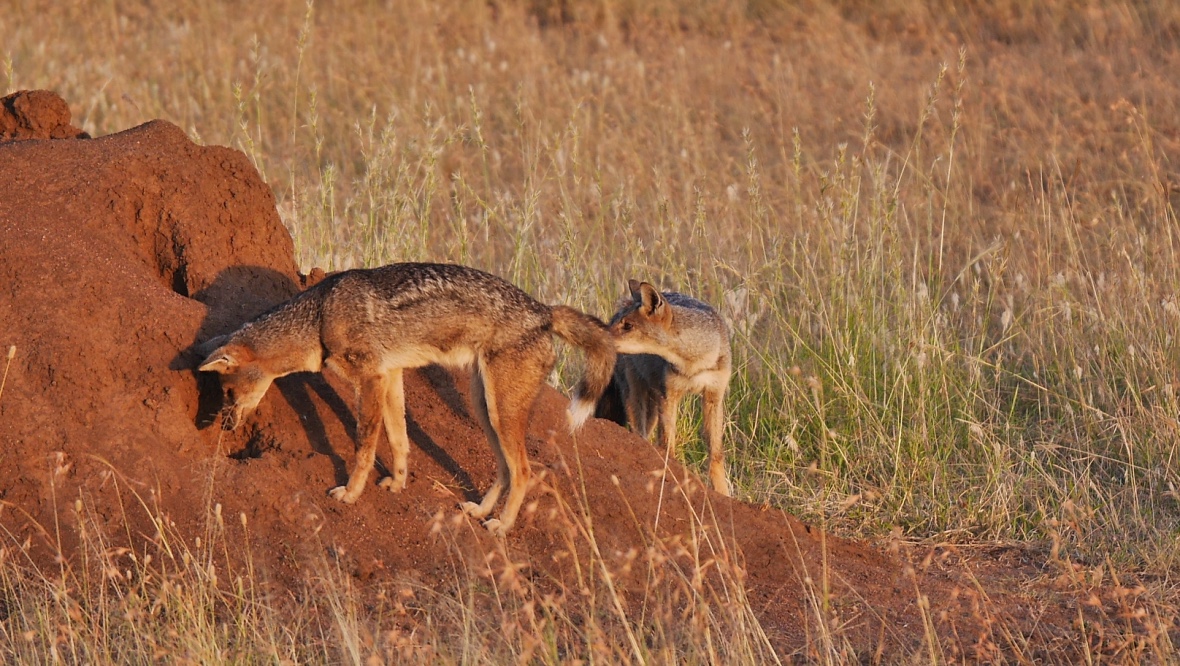

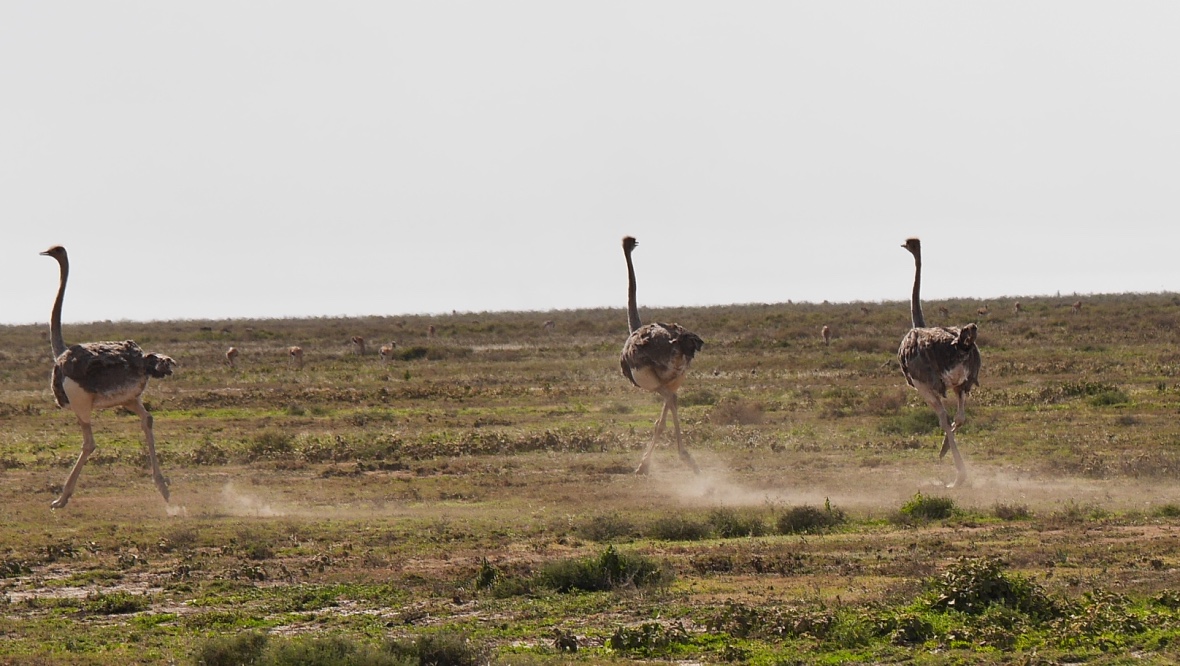
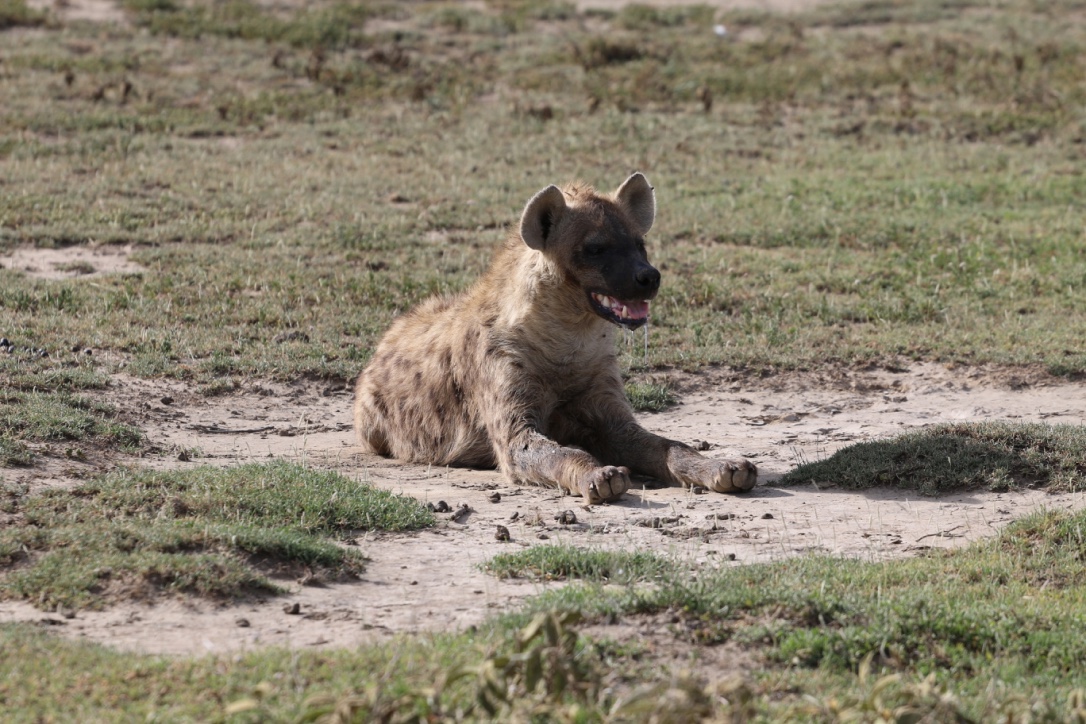
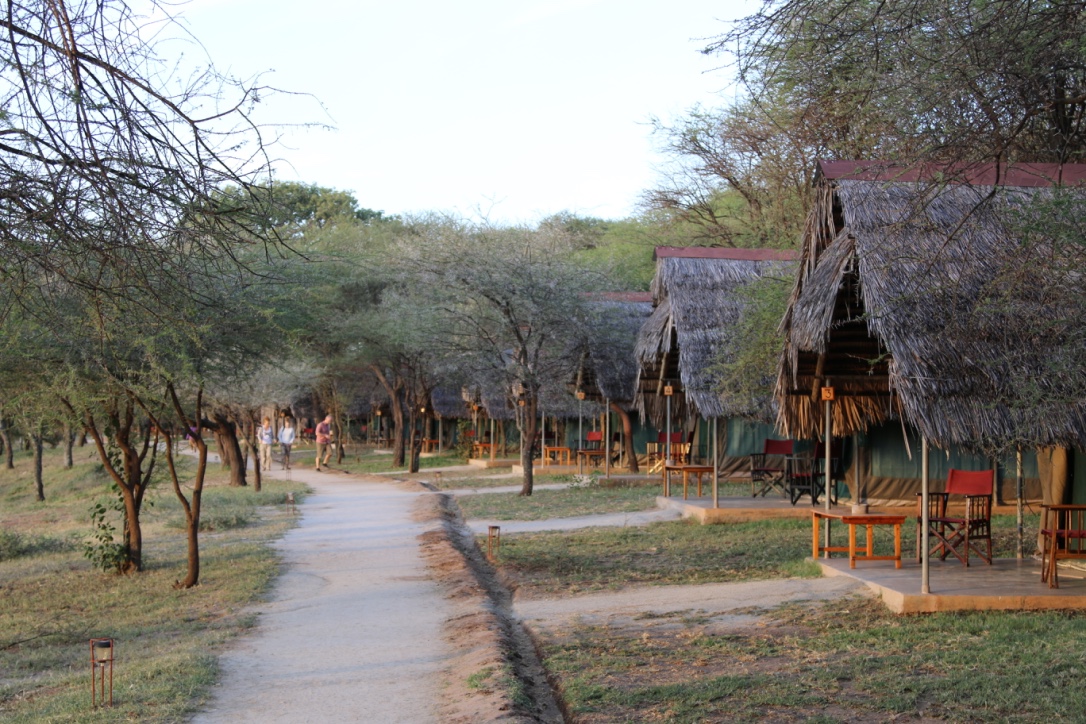
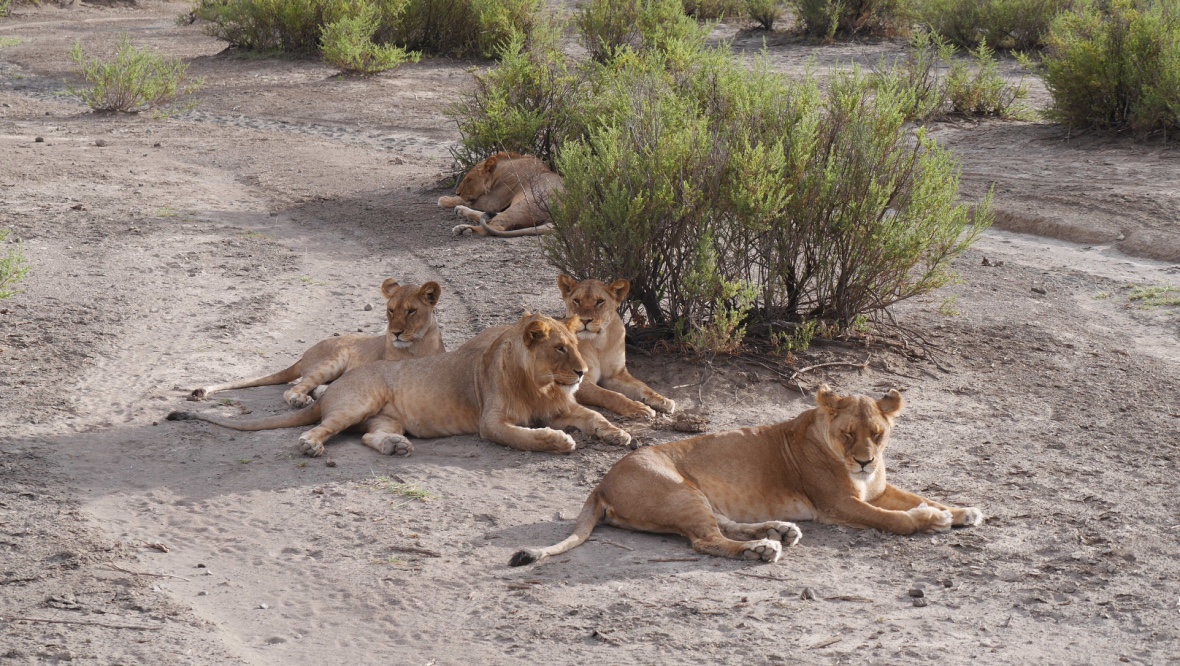
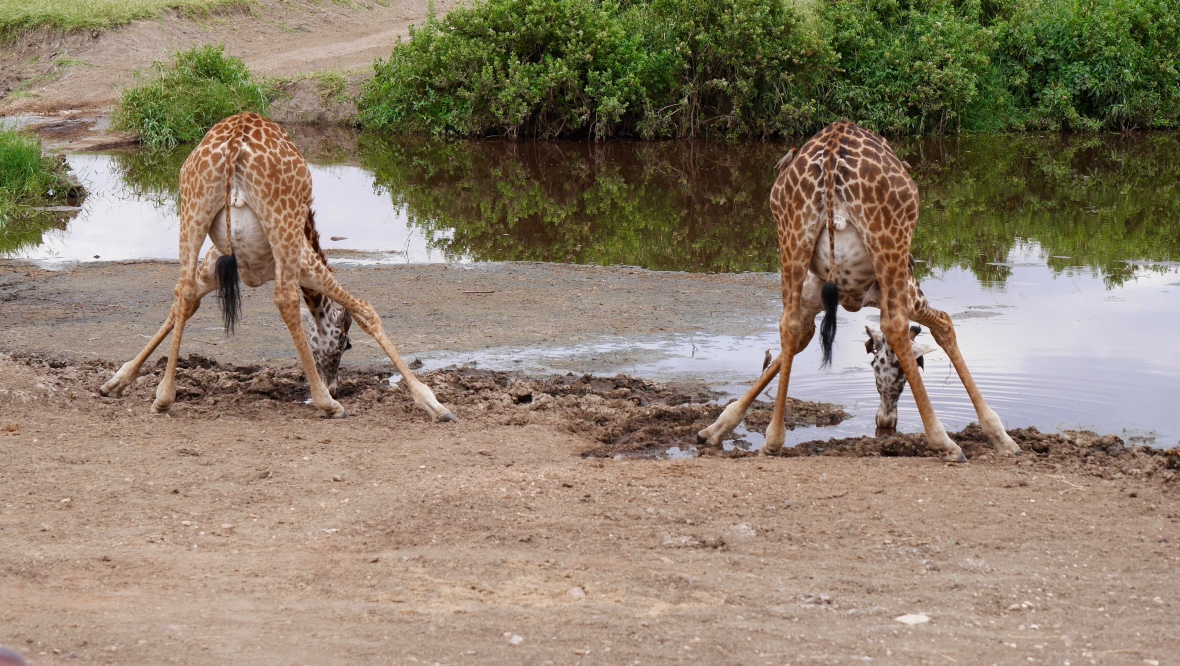



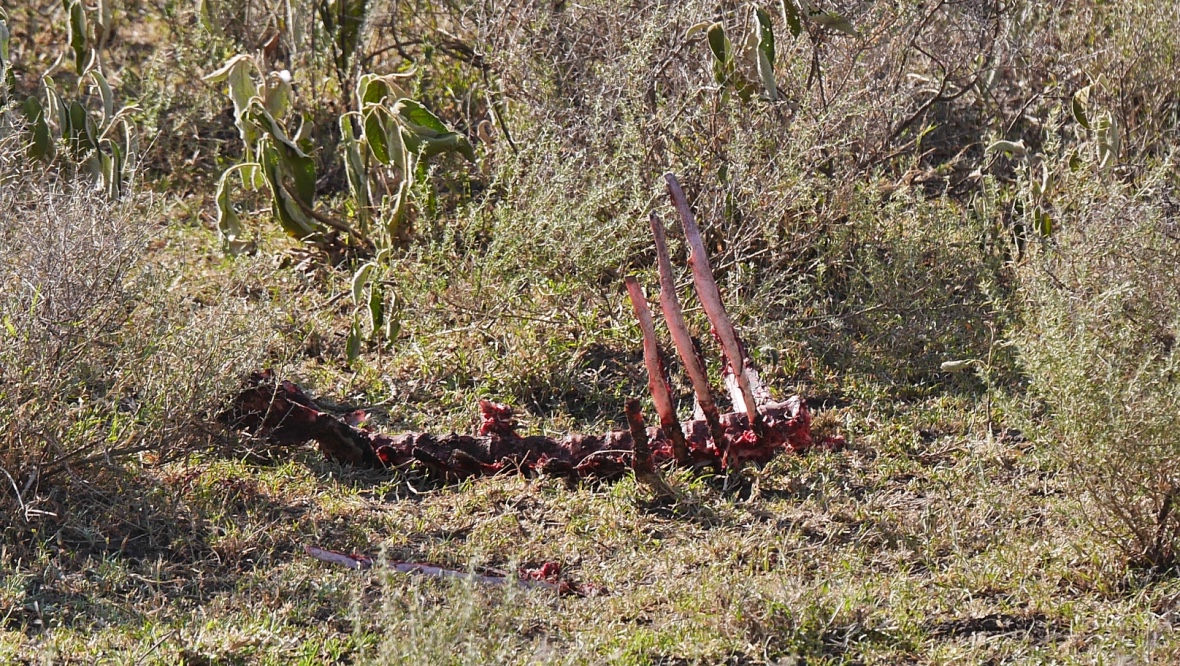

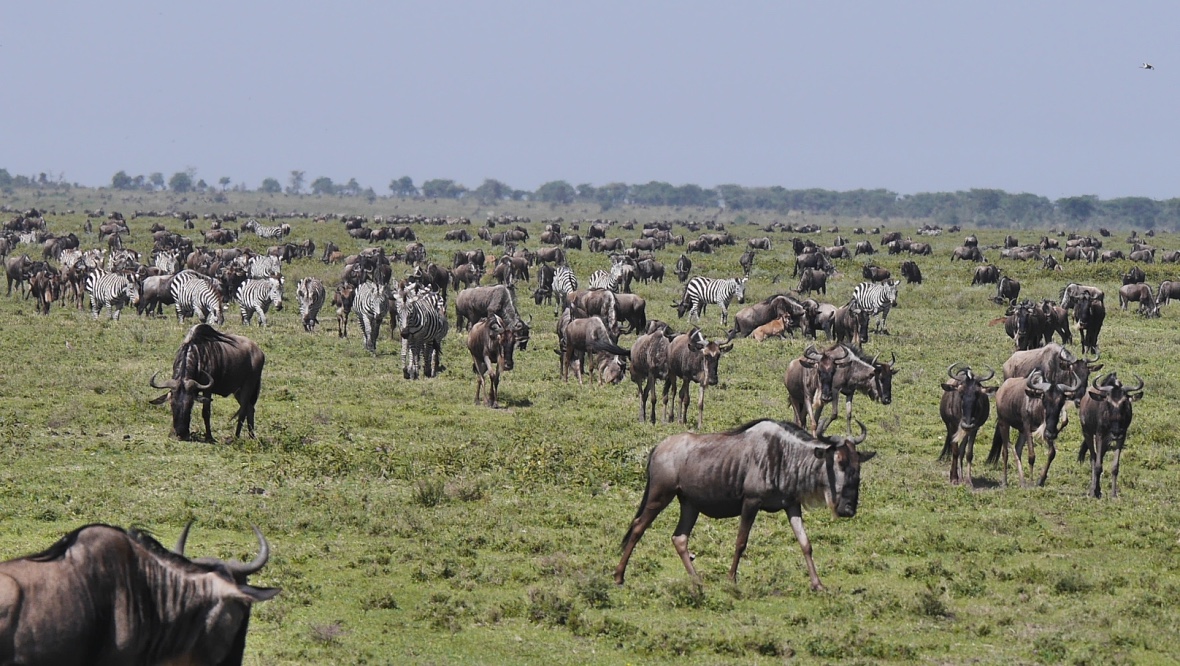
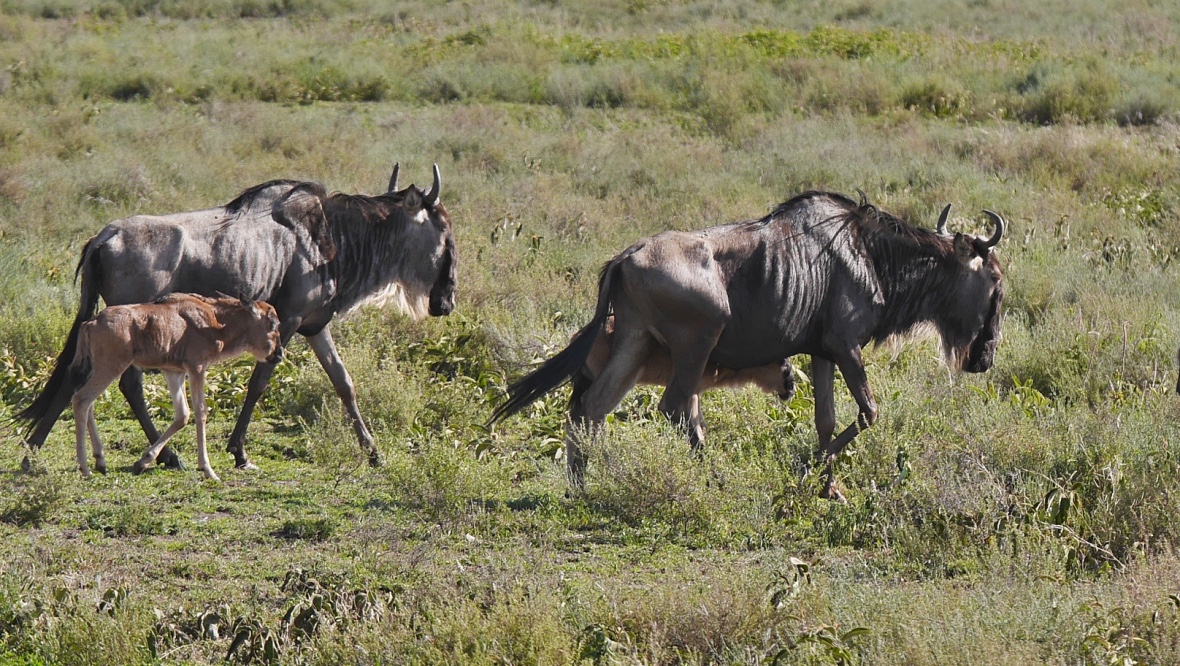
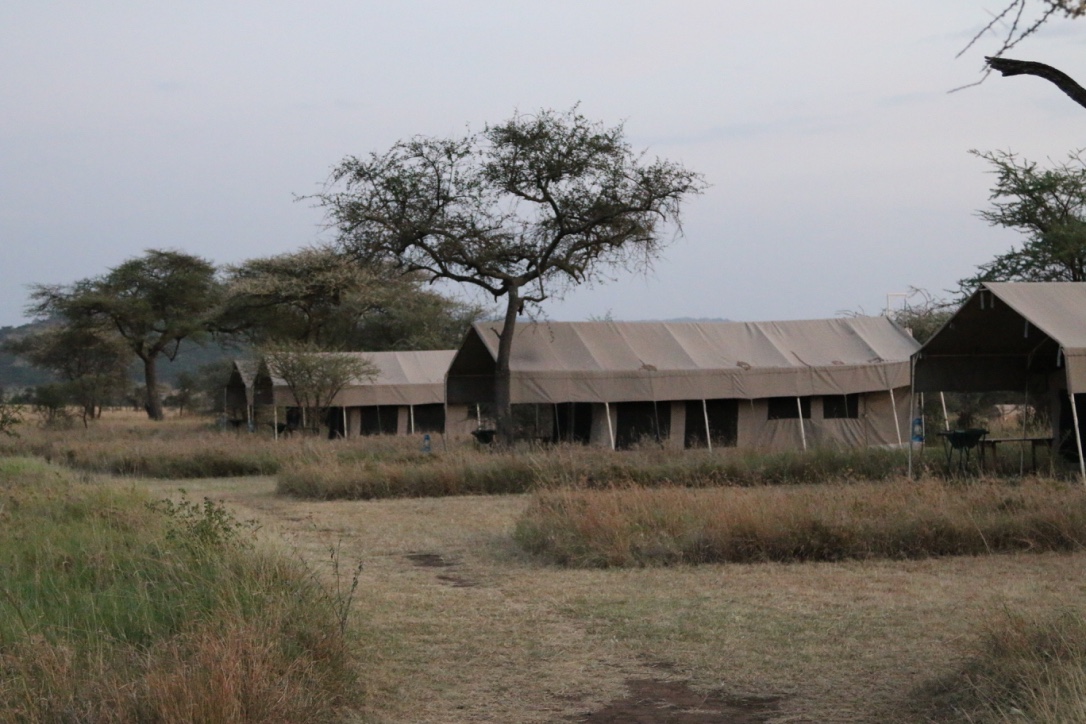
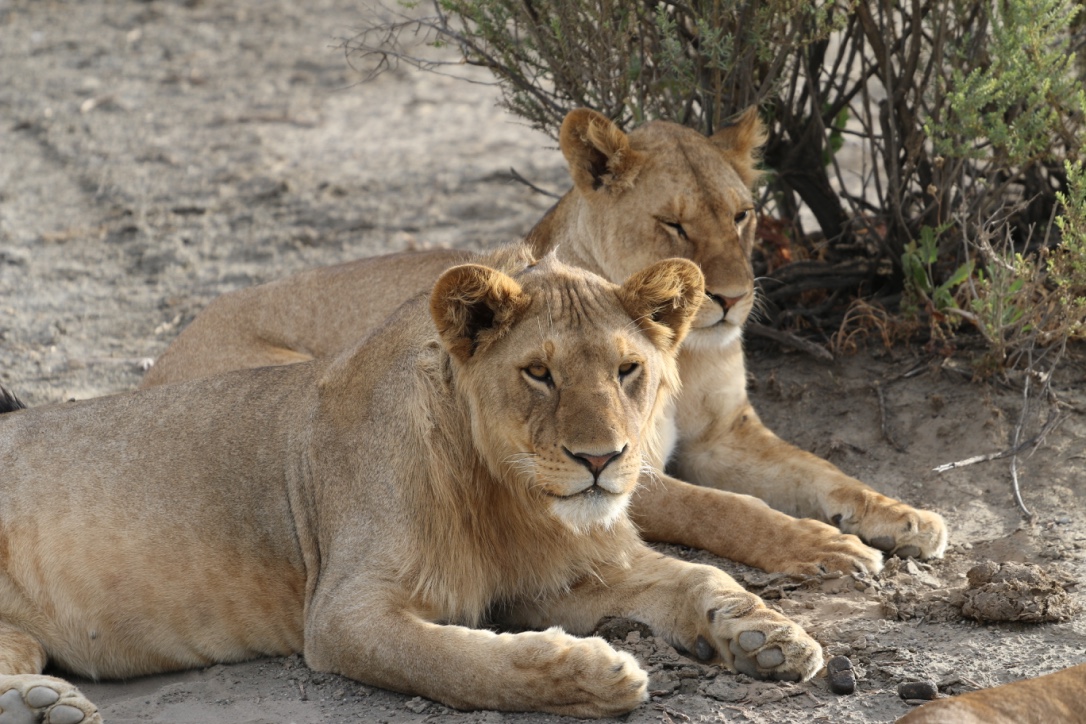
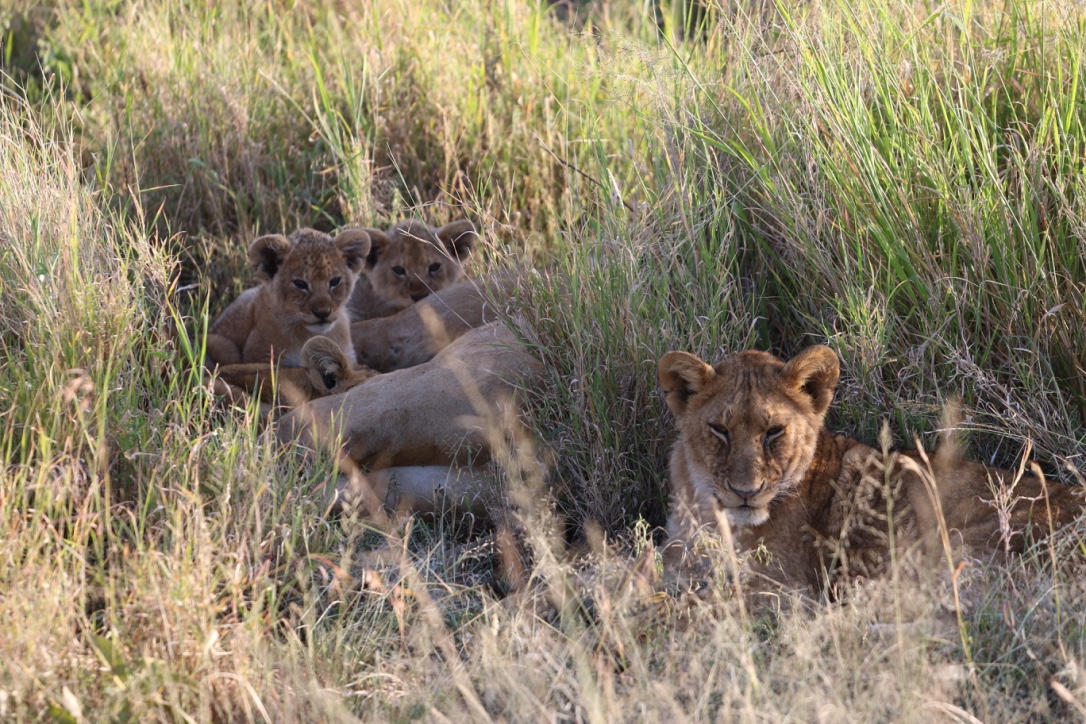

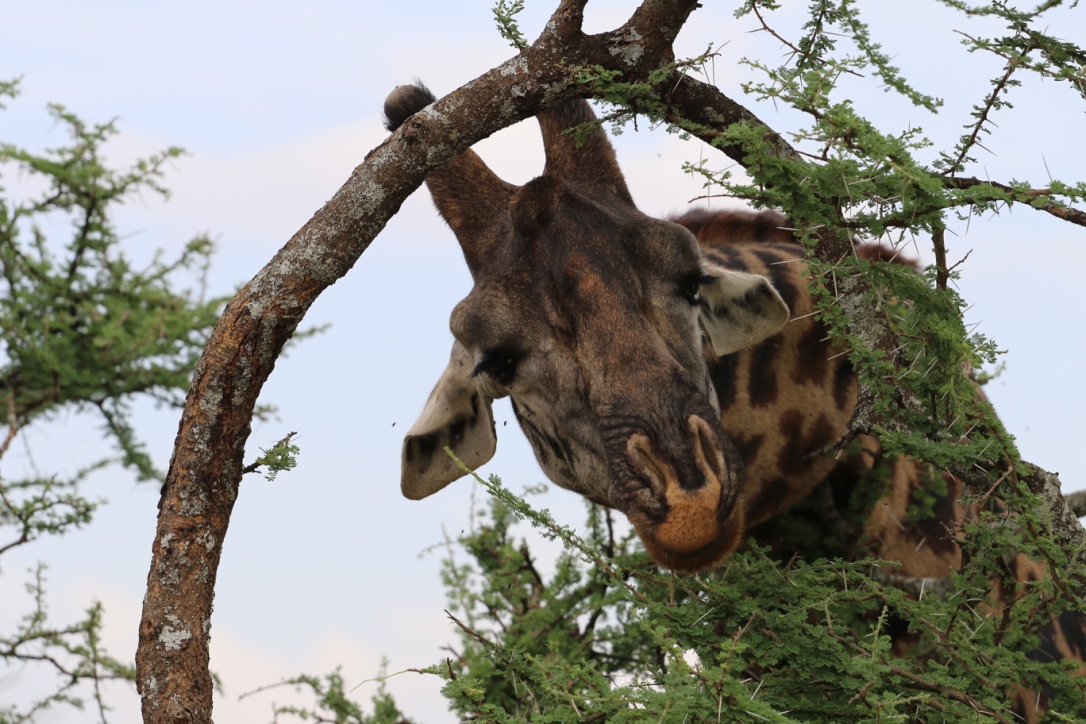
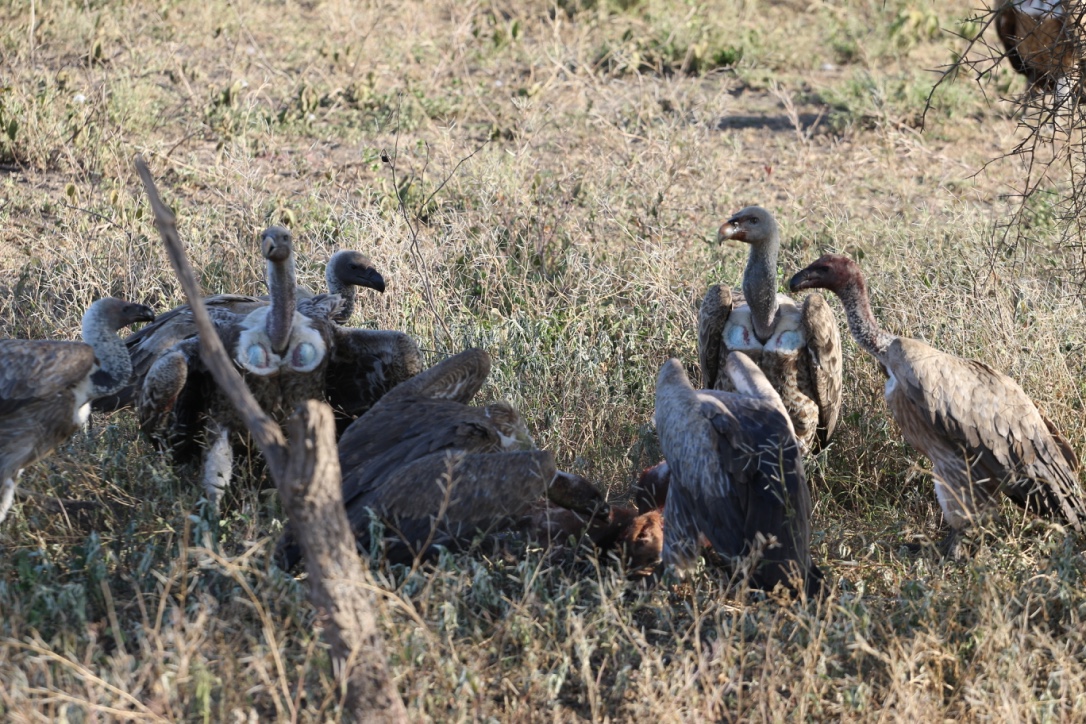




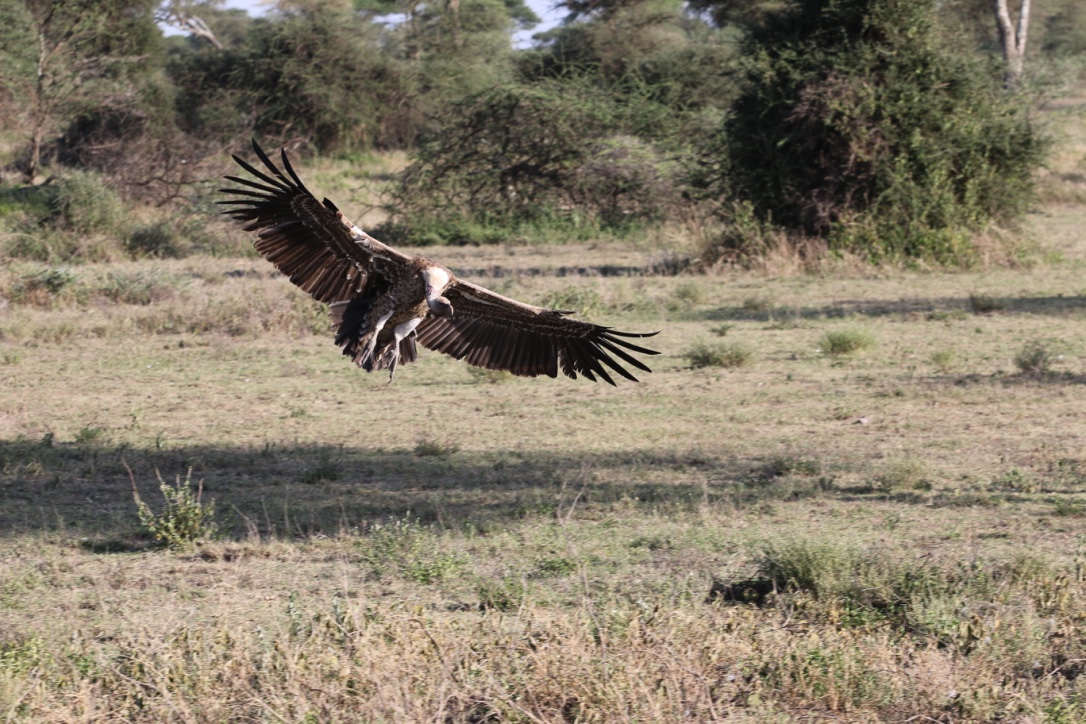

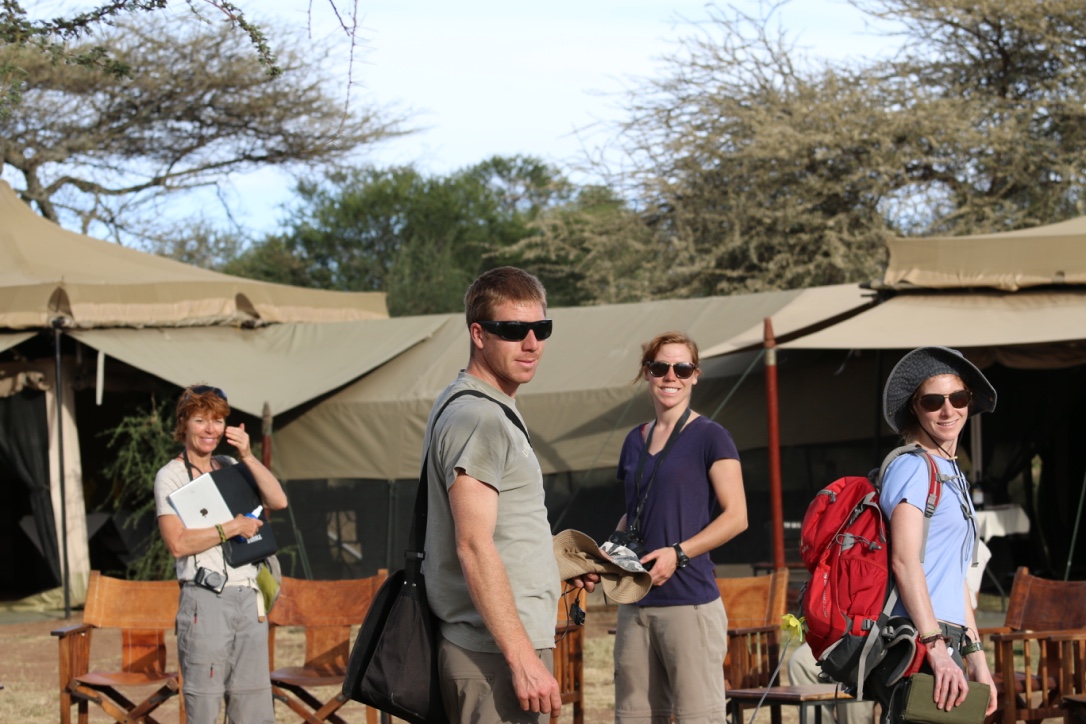





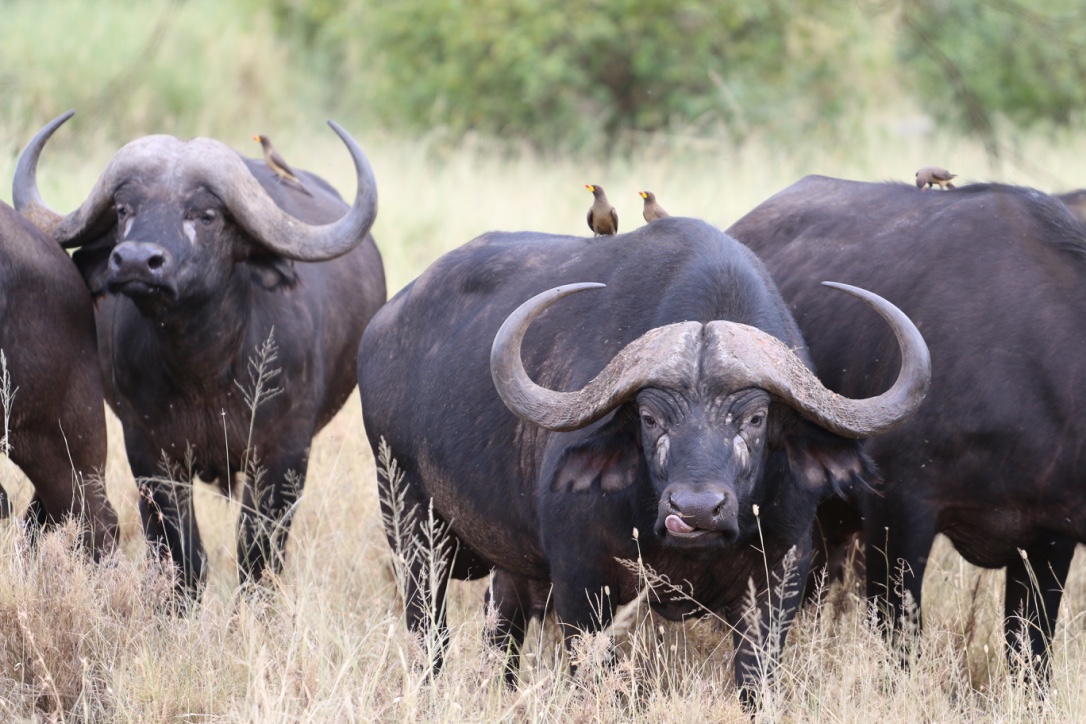


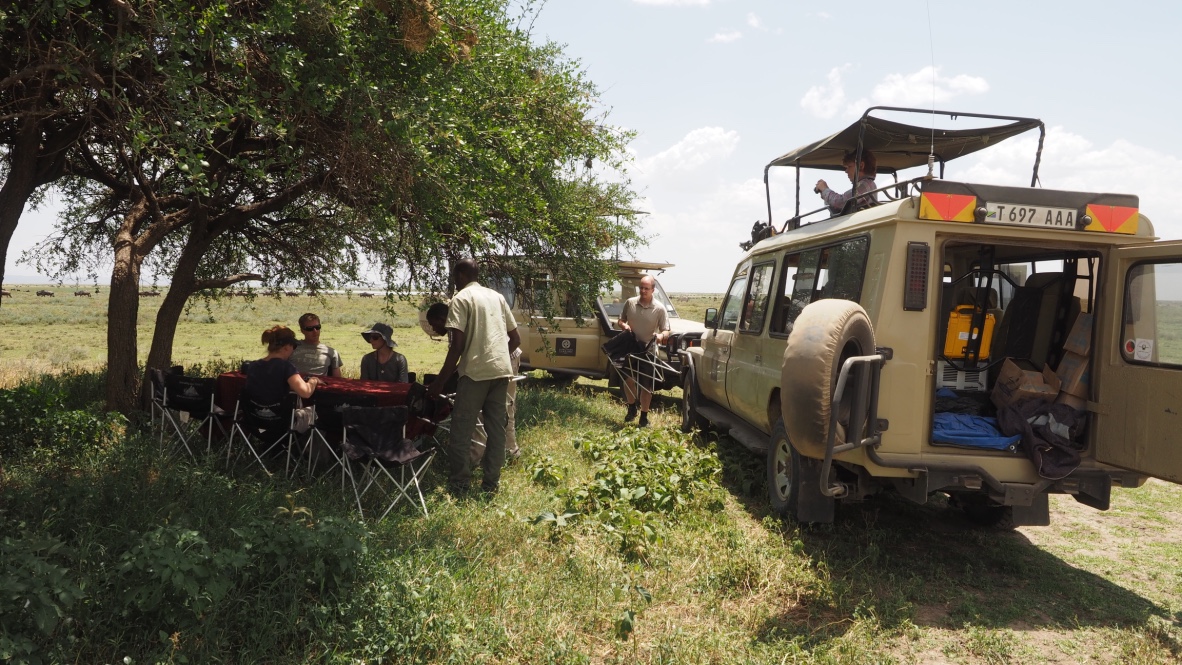
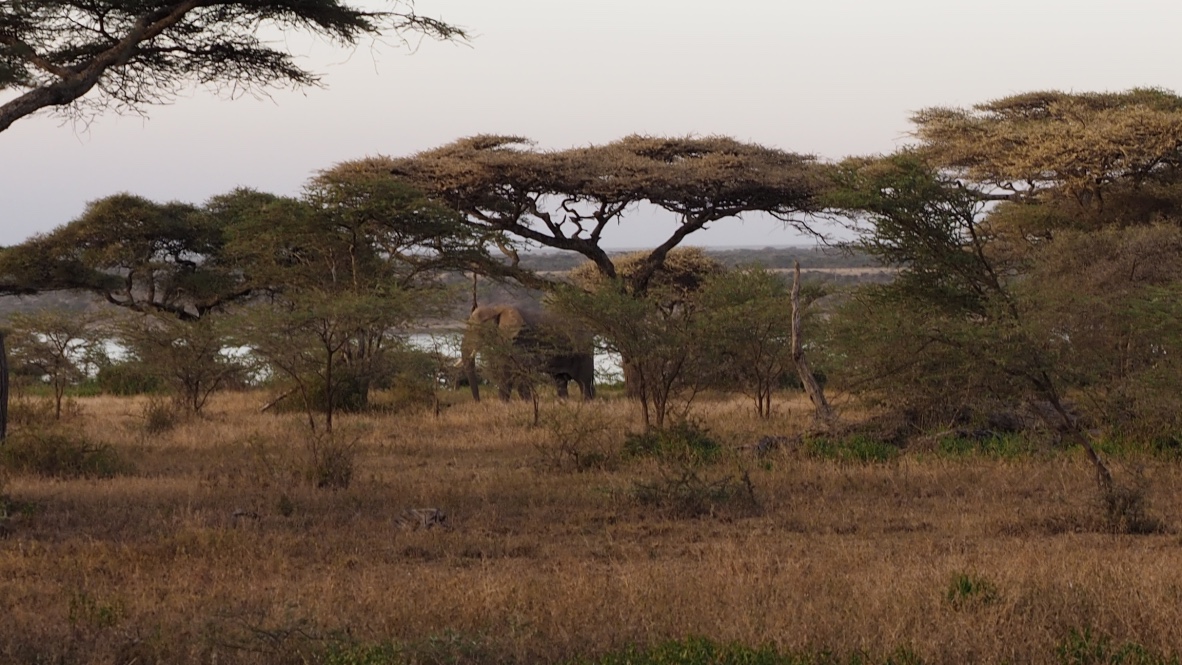

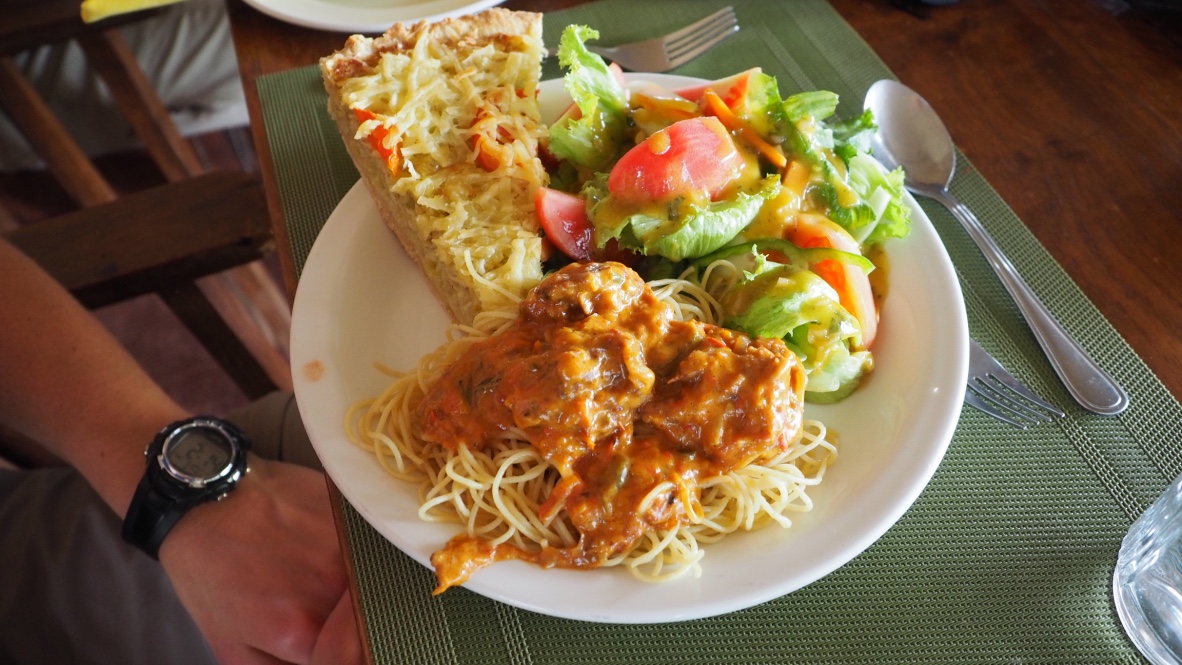
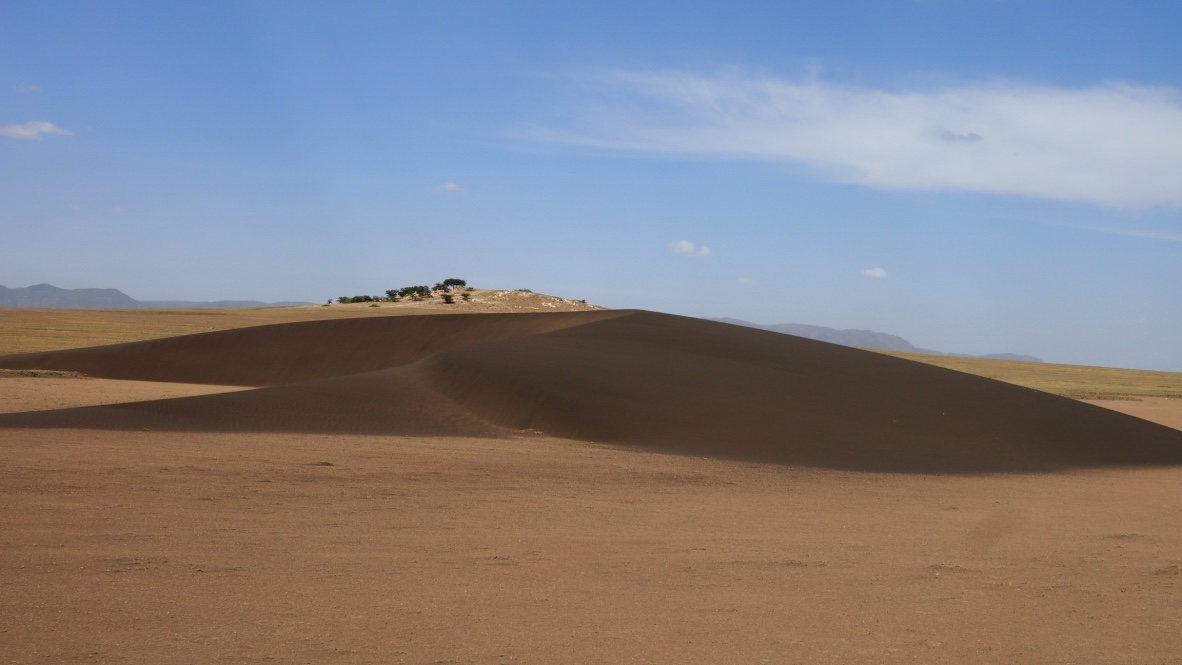
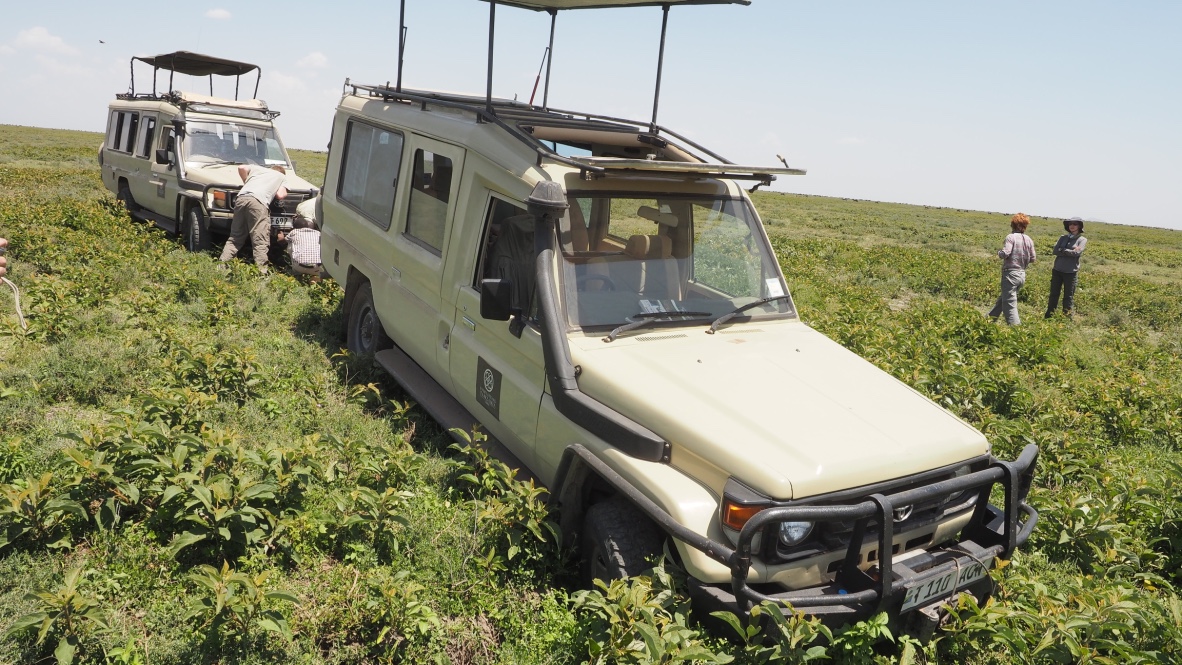

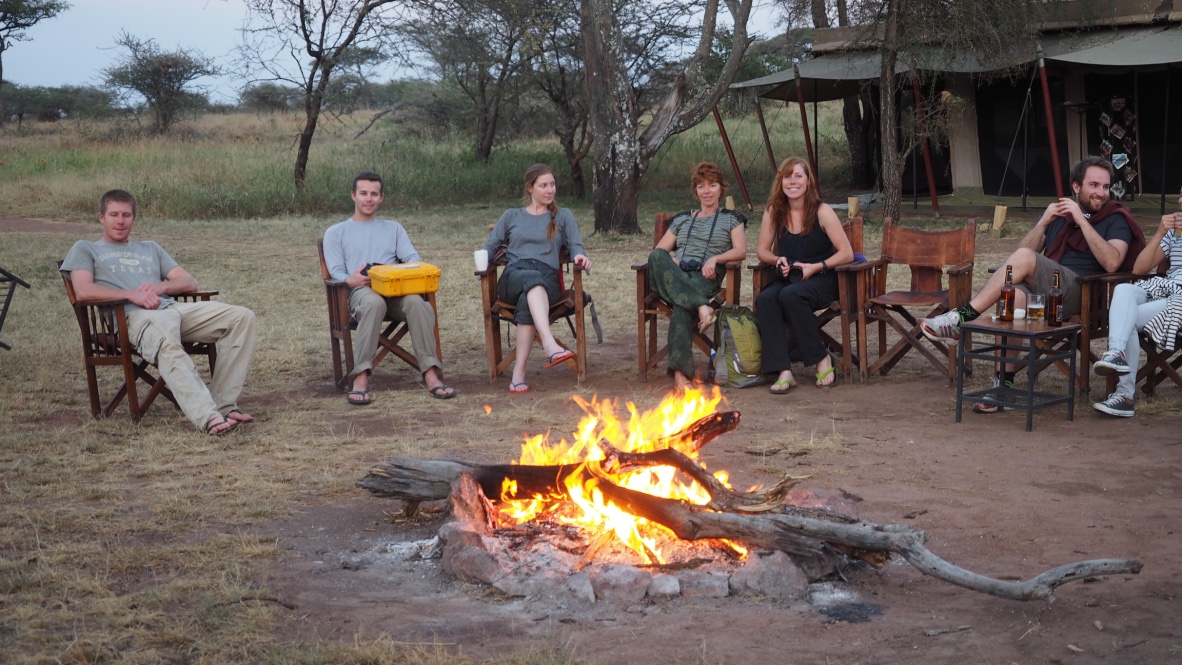
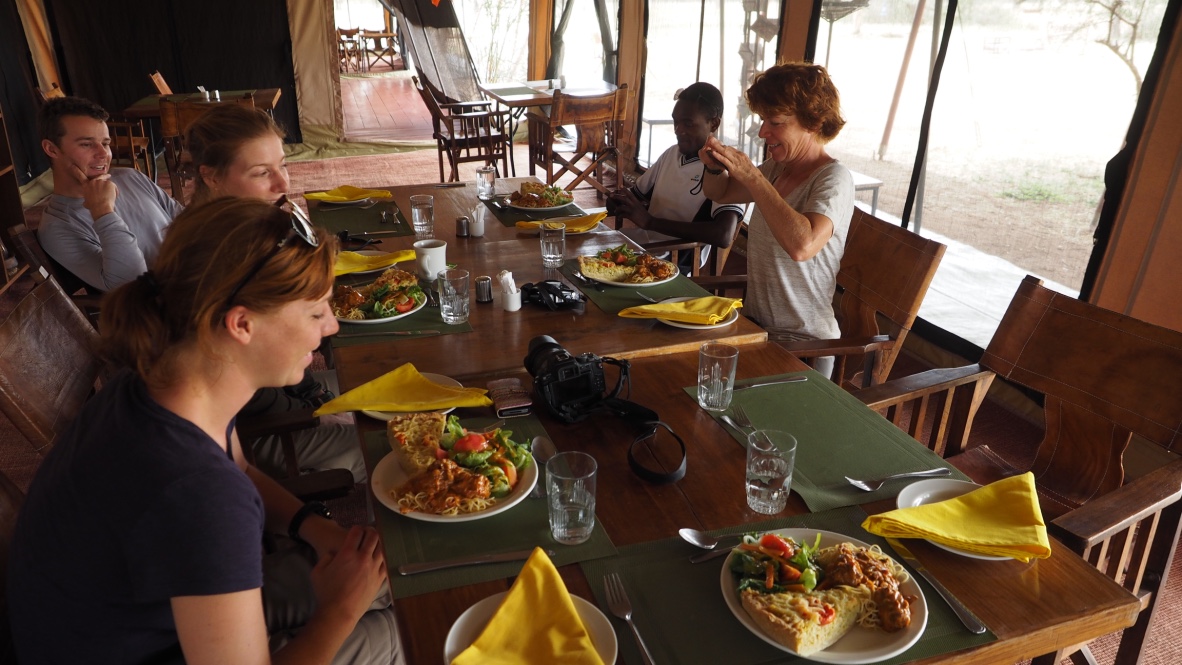

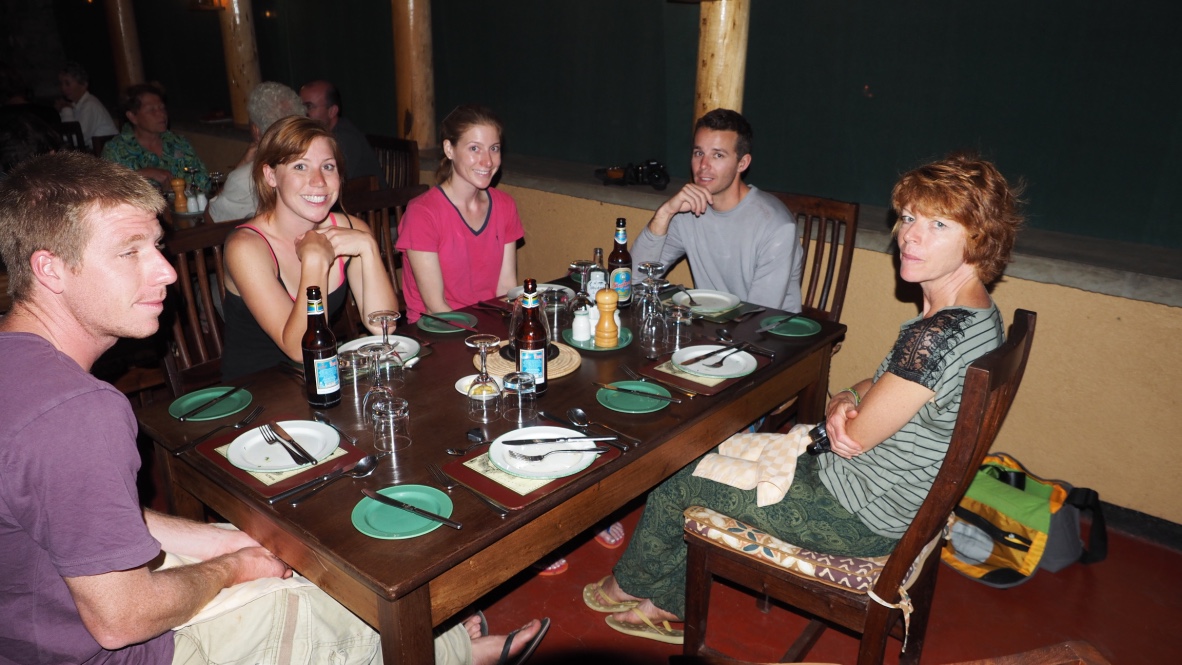

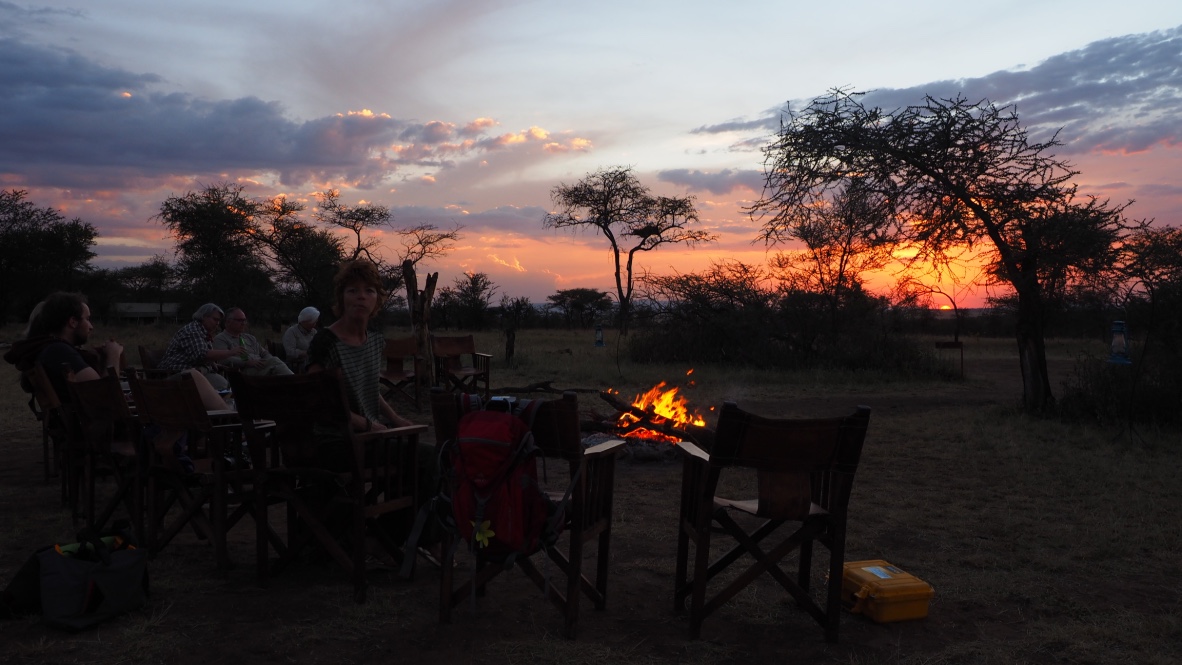


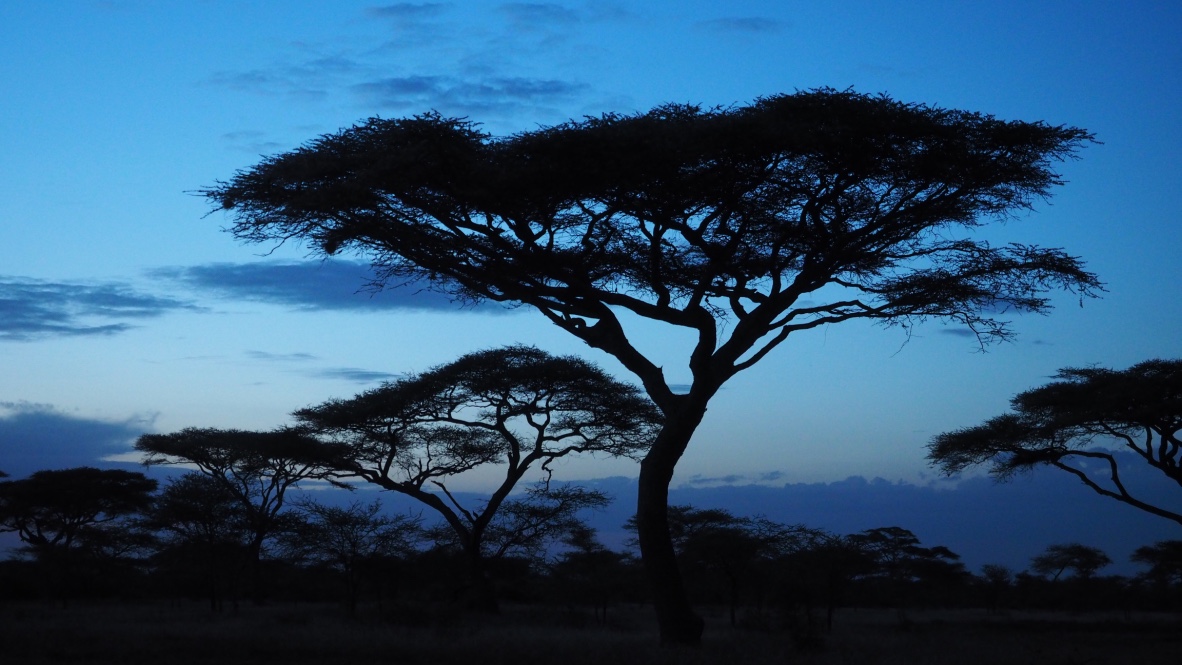


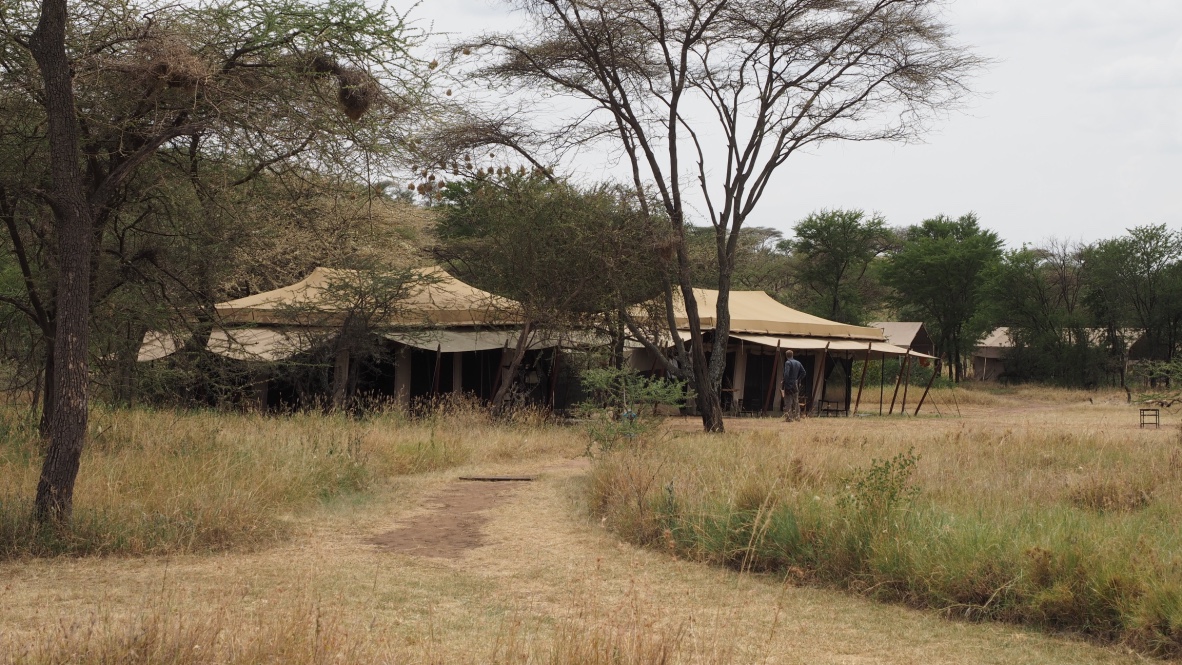
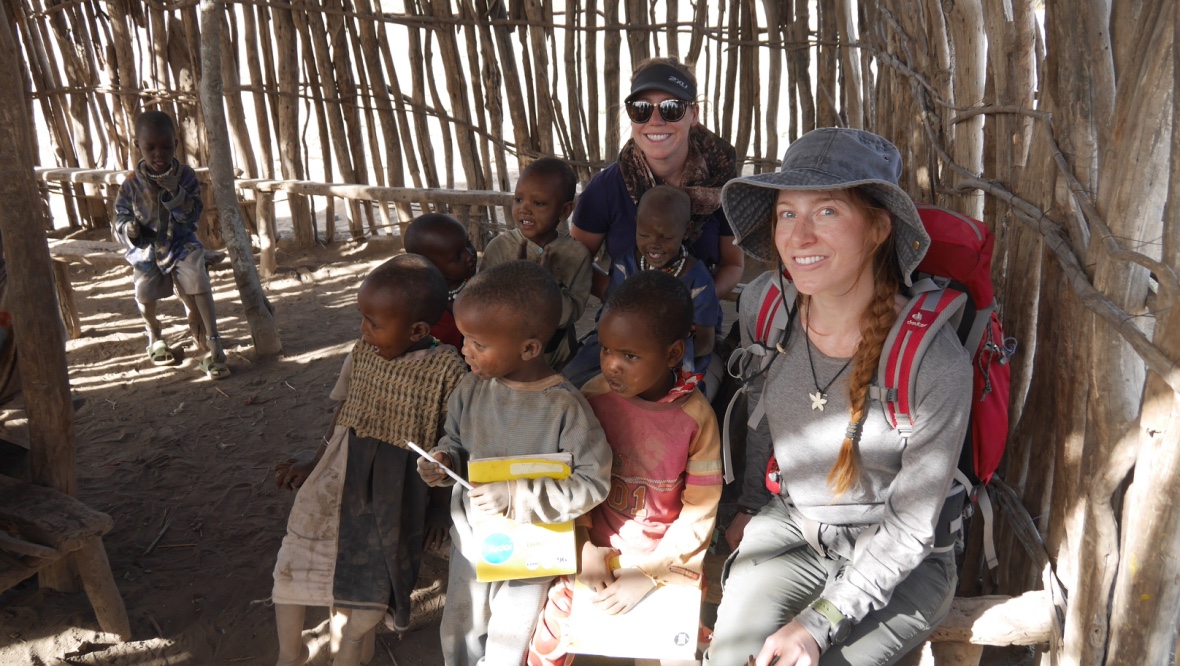
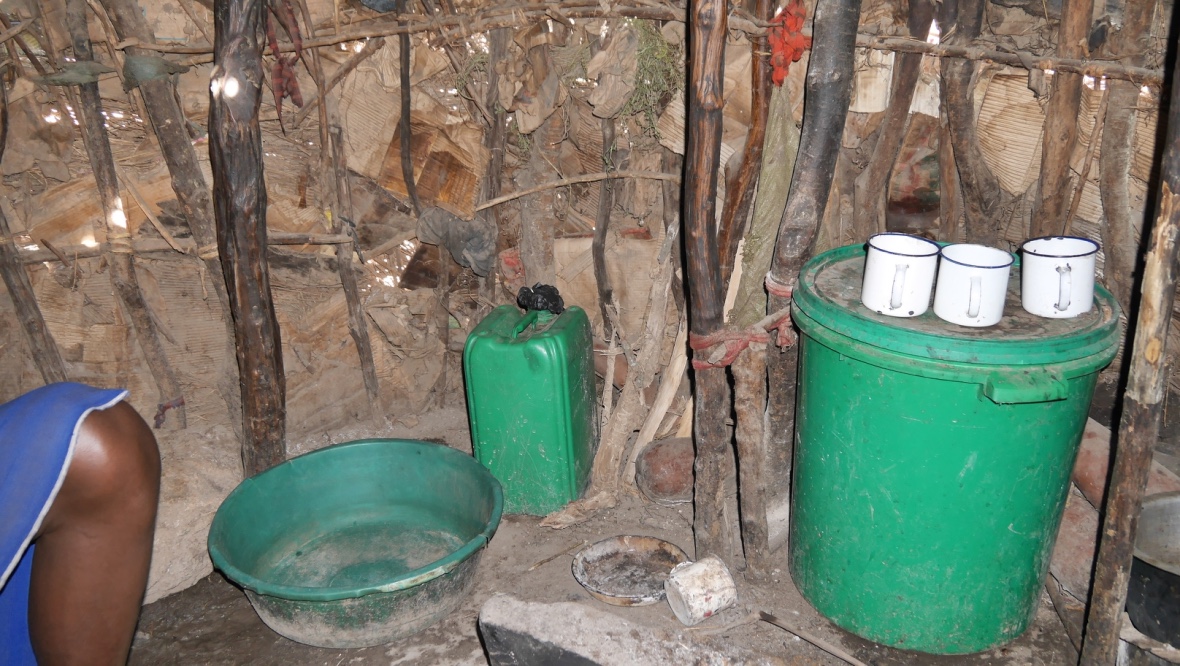
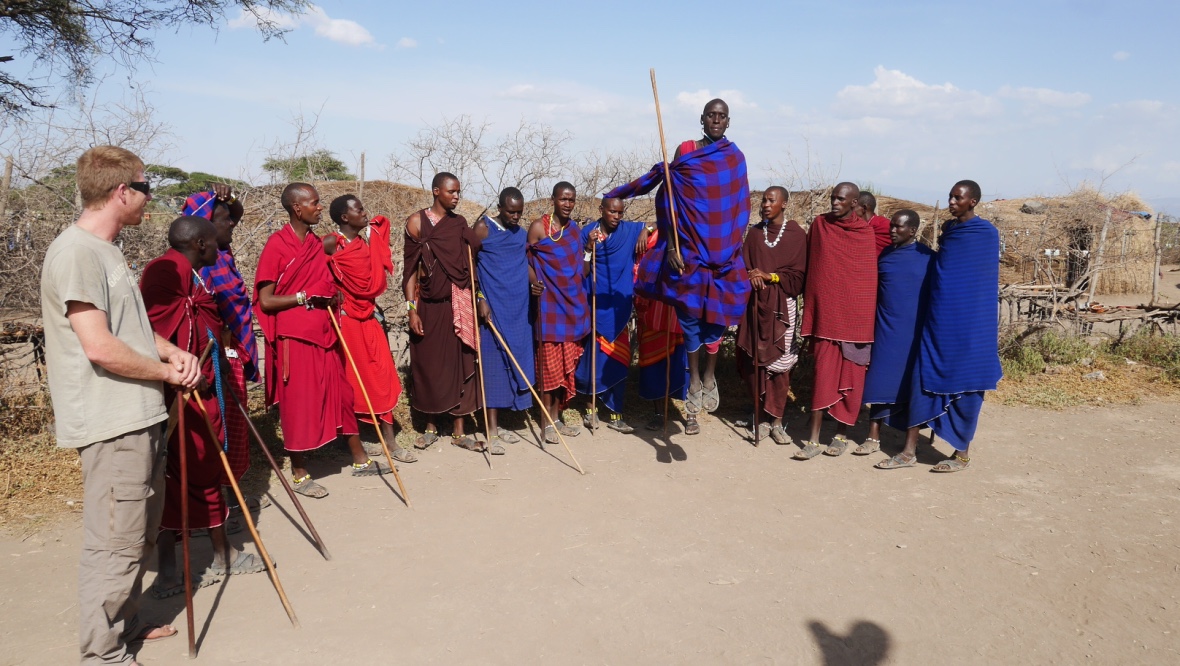

Hello .!
I came across a 106 valuable resource that I think you should dive into.
This tool is packed with a lot of useful information that you might find helpful.
It has everything you could possibly need, so be sure to give it a visit!
[url=https://oerj.org/live-betting/betting-with-friends/]https://oerj.org/live-betting/betting-with-friends/[/url]
Hello lads!
I came across a 106 helpful page that I think you should explore.
This site is packed with a lot of useful information that you might find interesting.
It has everything you could possibly need, so be sure to give it a visit!
[url=https://techbuggle.com/human-x-and-the-future-of-work-the-convergence-of-emerging-technologies/]https://techbuggle.com/human-x-and-the-future-of-work-the-convergence-of-emerging-technologies/[/url]